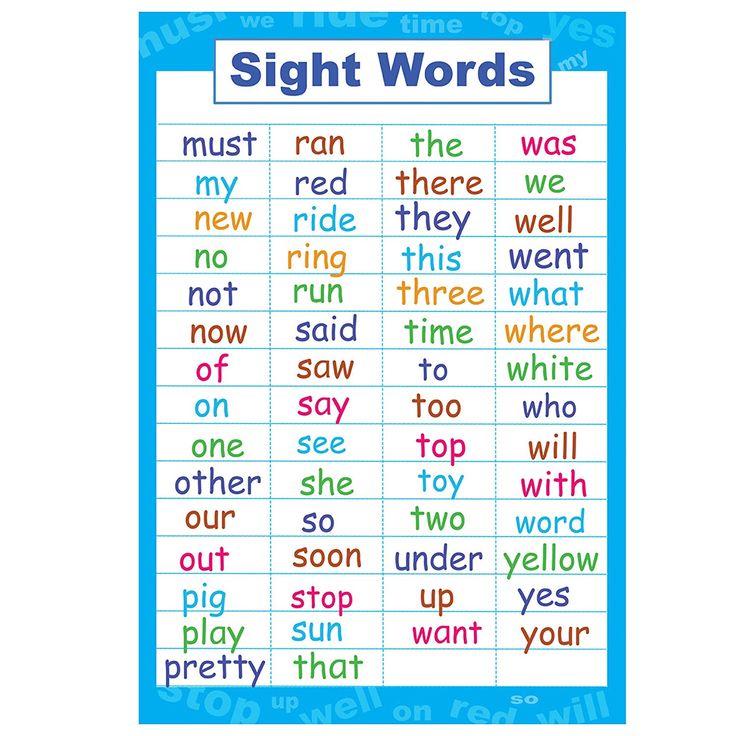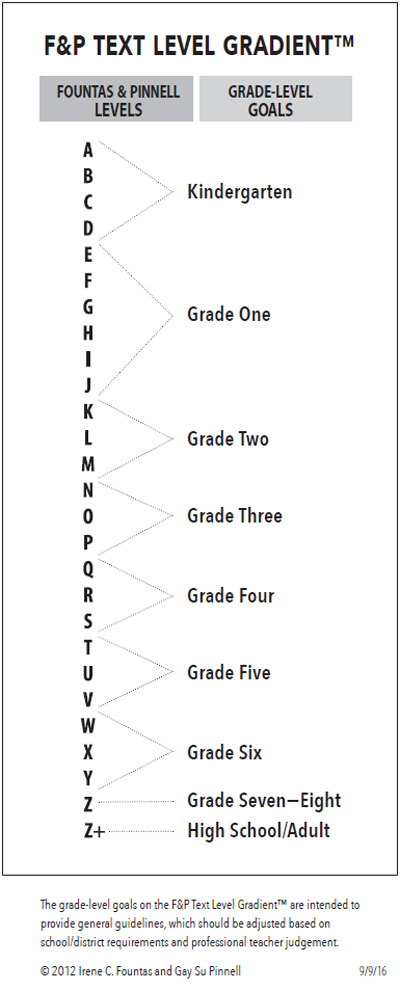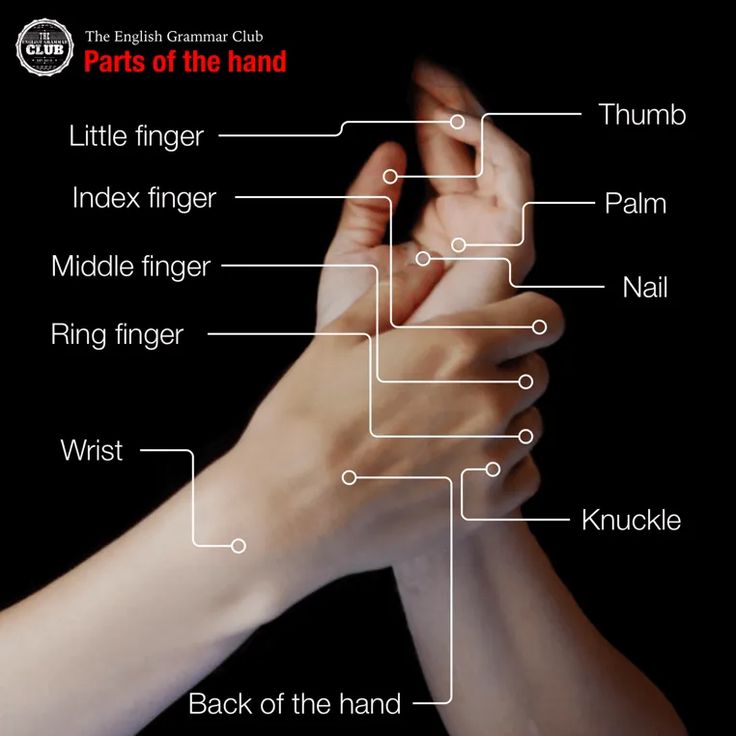Games to play with sight words
13 Highly Effective And Fun Sight Word Games To Help Your Kids Learn
What Are Sight Words?
What’s the most common word in the English language? It’s the. Imagine pausing every time you ran across this word in a book, on a poster, or in a magazine. Even the simplest texts would become grueling to read.
Common words in the English language (like the) are often grouped together in the early stages of reading — these are what we mean when we speak about sight words. Sight words aren’t easy to sound out or decode, especially for young readers who are just learning the rules to sound out words, so we memorize them (or, in other words, recognize them by sight).
These words occur so frequently that readers, including very young readers, need to know them instantly. And once your child learns basic sight words, they won’t need to spend a lot of time trying to decipher these high-frequency words.
Sight words are dually helpful in this way: they help your child instantly recognize familiar words and help them bypass trying to sound them out because, phonetically, they often don’t make much sense!
Why, for instance, doesn’t the word was rhyme with has? Why doesn’t have rhyme with gave? The first of each is phonetically irregular, despite the fact that they’re some of the most common words in the English language.
As adults who learned to read many years ago, we don’t think twice about why we pronounce sight words the way we do. We also don’t consider why was and has or have and gave don’t rhyme.
Our reading of these words happens automatically, and that’s what helps us read fluently. But early readers who are learning the rules of the English language need a little help.
That’s where sight word games come in. We’ve compiled a list of fun activities that you can do with your young reader to help them learn sight words. And these activities are great for both you and your child.
For you, a majority of the activities require minimal supplies and prep time, which is great for a busy parent. For your child, the games are lots of fun, so they can learn without even realizing it.
But before we get to these fun activities, let’s be clear on the specific sight words your child will need to be familiar with.
What Words Should You Use For Sight Word Games?
Decades ago, an educator named Edward Dolch developed a list, used widely by teachers, of the words most frequently used in children’s books.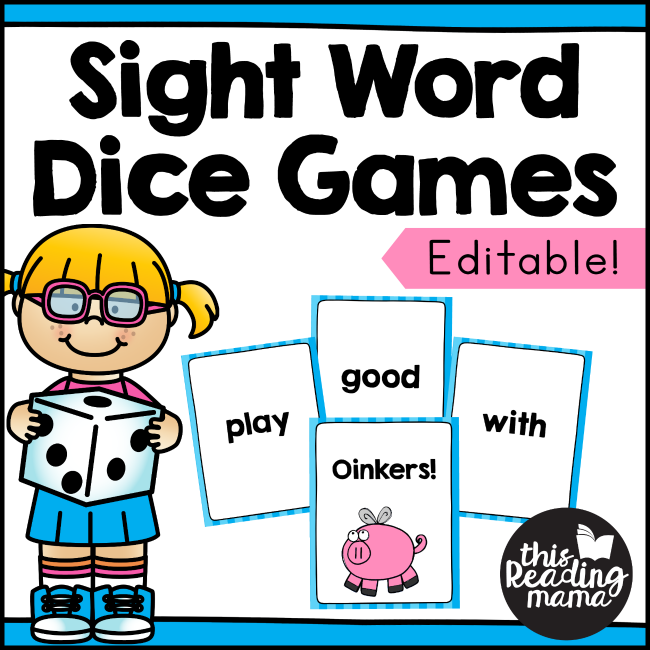 He identified 220 “service words” and 95 nouns. The words are broken down by levels: pre-primer, primer, first grade, second grade, and third grade.
He identified 220 “service words” and 95 nouns. The words are broken down by levels: pre-primer, primer, first grade, second grade, and third grade.
Some of the 315 words that comprise the two lists are very easy for kids to learn: a, I, it. Others offer more of a challenge. For instance, the pre-primer list includes you, said, and where.
Here is a list of the 45 sight words we include in our Beginning Reader and Growing Reader pathways:
And, a, the, on, is, to, I, was, you, your, yes, no, do, they, with, that, are, said, girl, boy, were, this, look, like, want, has, of, what, see, go, play, here, very, good, his, her, there, where, have, walk, talk, know, blue, green, little.
Are Sight Words Just High-Frequency Words?
The short answer: not quite. But it’s a little more complicated.
While the terms sight words and high-frequency words are often used interchangeably, there are some key differences.
High-frequency words, as the name suggests, are the most commonly found words in our written language. For example, like, the, it, etc., are all high-frequency words. And some of them follow standard phonetic patterns while others don’t.
For example, like, the, it, etc., are all high-frequency words. And some of them follow standard phonetic patterns while others don’t.
On the other hand, though sight words may frequently occur in text, what sets them apart is that they do not fit standard phonetic patterns or the applicable phonetic rules are more advanced. Therefore, they often need to be memorized.
In essence, many high-frequency words can become sight words once a learner reads them instantly without trying to decode them.
One of the best ways to help kids get to this stage of word recognition is to continue exposing them to sight words. This is where games come into play!
13 Fun Sight Word Games To Help Your Child Learn
Parents wear many hats — companion, guidance counselor, teacher, and so on — and all of them are crucial. But one of the most enjoyable parts of being a parent is cutting up with your child and having a little bit of fun.
The good news? Your child can learn and have fun at the same time while playing these games!
We know how invested you are in your child’s future. We want to help you set them up with the best tools for success in the easiest, most enjoyable way possible. So here are some sight word games that will get their brain working and their belly laughing!
We want to help you set them up with the best tools for success in the easiest, most enjoyable way possible. So here are some sight word games that will get their brain working and their belly laughing!
1) Sight Word Twister
This is a version of the popular game Twister. If you want to try this game, choose between six or twelve words to work with at a time.
That number will depend on your child’s comfort level with sight words, their attention span, and the amount of time on your hands! Feel free to start small and work your way up with additional rounds.
Write each sight word you chose on a blank index card. Then, clear a space on a wooden or linoleum floor and tape each word so that they are all just a little bit apart from each other (make sure your little one can still reach!). Now the fun begins.
Tell your child to find one of the words — have, for instance — and place an elbow on the word. Then they must put their knee on a second word and their nose on a third.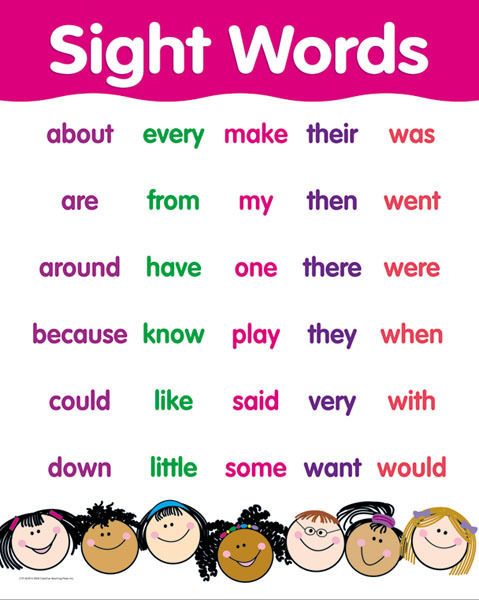 You can go on to a fourth, fifth, or sixth word, or you can stop at three.
You can go on to a fourth, fifth, or sixth word, or you can stop at three.
Your child isn’t the only one who has to twist and turn. In our experience, children want you to play along with them and be just as silly about the shapes you make with your body!
Plus, giving your child the chance to choose the word you have to touch helps them practice reading their sight words. Being the “game boss” will give them another opportunity to learn!
Your child may have a blast with this game and insist they want to keep going, but it’s best to limit your play to two or three rounds per player. That will help keep them from getting bored with the game (and give their brain a chance to rest!).
2) Pick The Word
If you want to try this game with your child, write your six sight words on index cards — one word per card. On a separate sheet of paper, list the six words twice — one list for you, one for your child.
Next, place the index cards with the words facing down.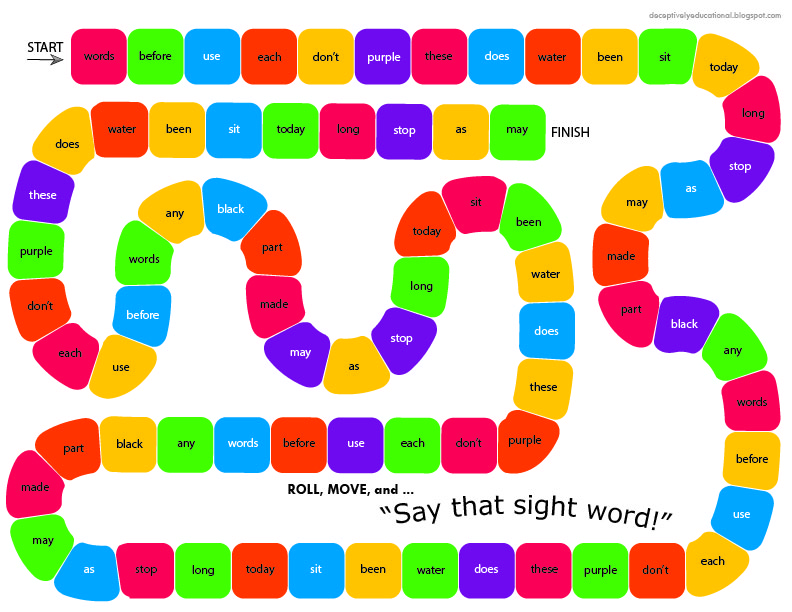 You can take the first turn. After picking a word from your list, flip four of the cards so the words are showing. If you uncover the word you’re seeking, you can cross that word off your list.
You can take the first turn. After picking a word from your list, flip four of the cards so the words are showing. If you uncover the word you’re seeking, you can cross that word off your list.
At the end of your turn, flip the cards back over, mix them up, and give your child a turn at flipping four of the cards.
If on your first turn you did not find the word you wanted, you have to hunt for the same word on your next turn. If you found the word you wanted, pick a second word from the list.
The first player to cross off four words wins. To make the game more challenging, you can turn over three cards per turn instead of four, or you can aim to find all six words instead of just four of the words.
3) Word Match Up
On a sheet of paper, write your six sight words three times. Your child’s job is to draw a line that connects each word to the two identical words on the sheet.
After drawing a line that connects the first three words, it’s time to connect the next three matching words.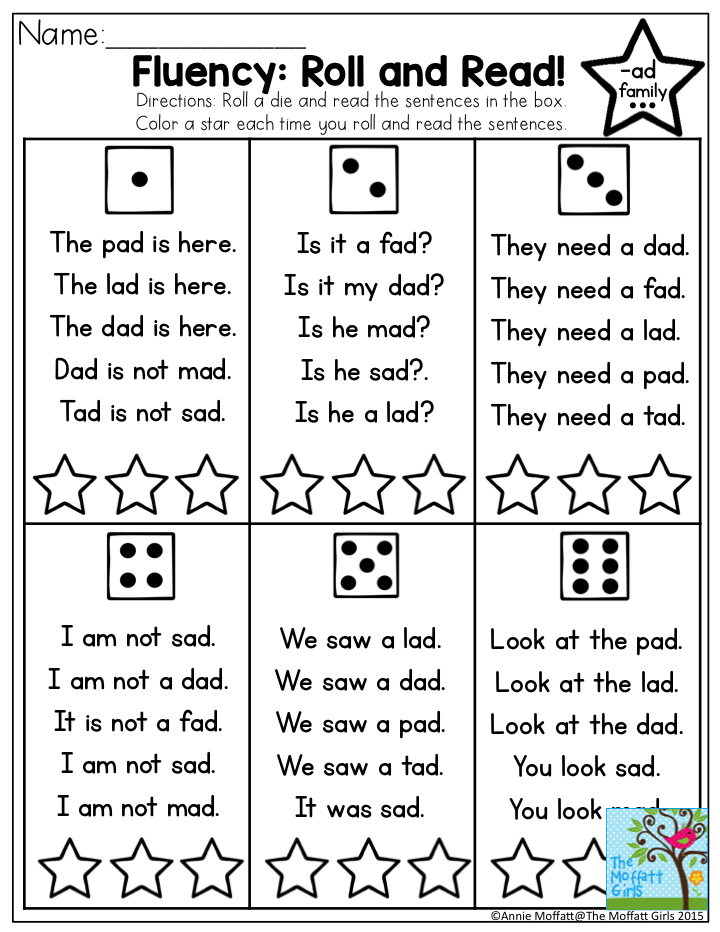
This game may sound pretty easy, but here’s the hitch: your child cannot cross any line already on the page. The page gets pretty crowded with lines, so this is not an easy accomplishment. They may end up with some kooky, loopy lines — and that’s the goal!
Try it yourself. The more you stumble and struggle, the more your child will enjoy the game!
4) Word Toss
If you’d like to give this game a go, write each sight word on its own Post-it® and then stick the words on the floor. You can also stick them to a wall or a door.
Get a soft toy, like a small stuffed animal, and stand a few feet away from the words. Choose a word and say it aloud. Your child must toss the toy so that it hits the right word.
Your turn next. Your child picks a word for you to hit. The game is more fun if you miss, so don’t worry about having poor aim. You can play to see who reaches a set number of points or who has the most points after five or six rounds.
5) Sight Word Bingo
Selecting from the Dolch lists, you can make custom Bingo cards that use sight words.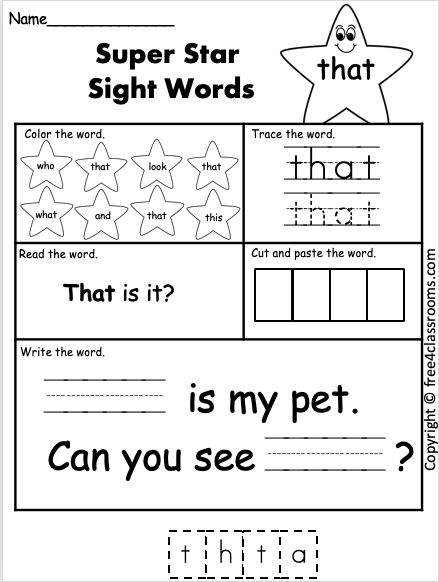 It makes the perfect, classic sight word game for your child!
It makes the perfect, classic sight word game for your child!
We’re sure you know how Bingo works, but just in case, we’ll give you a refresher. Set up one regular bingo board each for you and your child. If more people are playing, you might have teams or make sure you have one card for each player.
Tell your child to pick 24 words. The same words will go on both boards, but in different places on each board. Then write the words on index cards. Turn the cards over and mix them up.
Players will take turns picking cards — reading the words and finding each word on their card. When they find a word, they will cover it with a token or a penny. The first person to get five words in a row wins. Bingo!
6) Sight Word Go Fish
Introducing your child to this game will be easier if they have prior experience with Go Fish. If they don’t, that’s OK, too! It’s easy to learn and a blast to play.
If you’d like to give this game a go, use index cards or cut pieces of paper for playing cards. You can write matching pairs of whichever sight words you want your child to focus on. It’s important that there are at least two cards for each word — the point of Go Fish is to match them!
You can write matching pairs of whichever sight words you want your child to focus on. It’s important that there are at least two cards for each word — the point of Go Fish is to match them!
We recommend starting with 20 cards (ten sets of words) and giving each player five cards in their hand. You can decrease the number for younger children and increase the number (or difficulty) of words as your child gets more comfortable playing.
Tip: For younger kids, you might let your child lay the words on the floor and hide them from you by using a book as a shield rather than them holding the cards in their hand, as that can be challenging.
Your child will read out the word they want to match. If the word is an, for example, and you have the other an card in your hand, then you have to hand it over. If you don’t have the matching card, then you tell them to “Go fish!” from the pile of extra cards.
If your child is a little older and experienced with some sight words already, feel free to sprinkle in words they already know.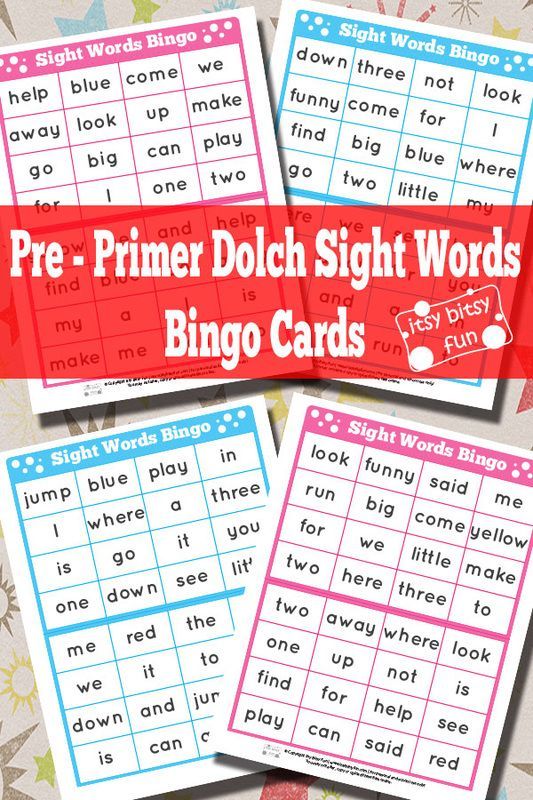
The familiarity will help their confidence as they work with their new words. We all like the feeling of knowing how to do something correctly — reinforcing their knowledge positively (like through a game!) will help keep them encouraged to learn more.
7) Sight Word Scavenger Hunt
This option is super versatile — it can be played indoors or outdoors!
We all love a good, old-fashioned scavenger hunt. Instead of hunting pastel eggs filled with candy, though, this game has your child hunting their sight words.
If you want to try this game with your child, write the sight words you want to use on a stack of index cards and number them 1-10. It may also be beneficial to write the words on a separate sheet of paper for your child to reference so they know the selection.
Then make a list of clues for those same words on a separate piece of paper. For example, one clue might be, “I __ a cookie” (have) or, “What word rhymes with buzz?” (was).
Next, simply hide the cards in places familiar to your child.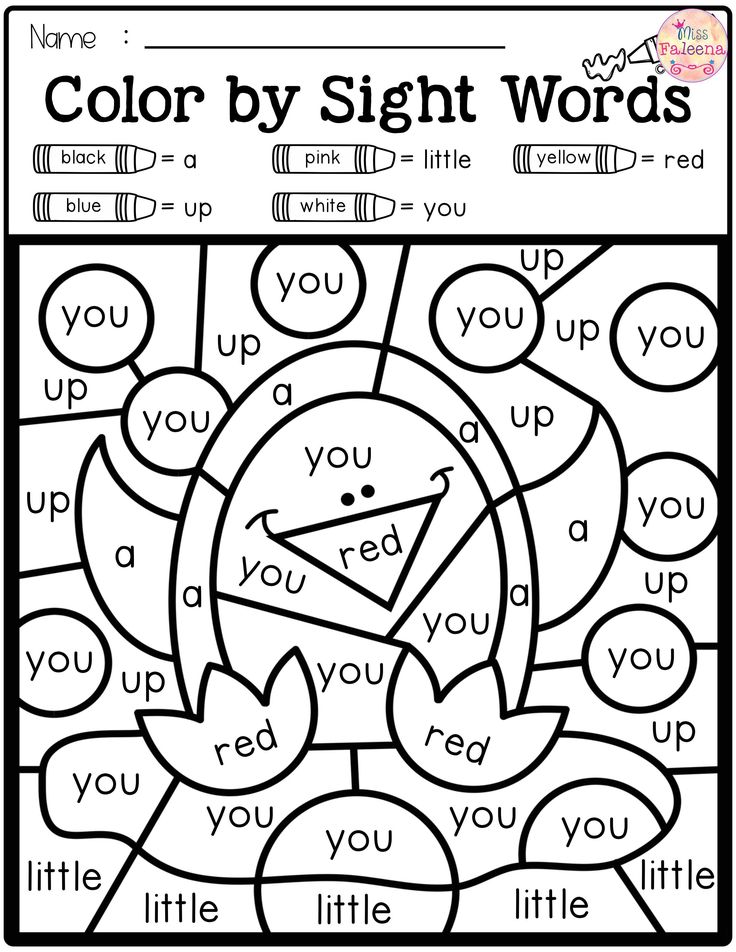 You can use the backyard, a favorite park, or your whole house if it’s an extra rainy or cold day. They’ll use the clues to figure out which words to search for.
You can use the backyard, a favorite park, or your whole house if it’s an extra rainy or cold day. They’ll use the clues to figure out which words to search for.
Tip: make sure you remember where you put the cards! You’ll need to keep in mind the different locations while you write out your sheet of clues. The numbers on the cards should coincide with the clues. Have fun with some wacky rhymes and hints that will get your child laughing!
The clue list can also be made optional. If you’re working in a small space, your child can always just try to find however many words you hid. If they know to look for 10 cards, then they can just run wild through the room (hopefully not upturning furniture!) searching for them.
8) Sight Word Tower
This is an easy, fun sight word game for your child to try that we guarantee they’ll love — because it involves things crashing and making a mess (but one that’s easy to clean up, we promise!).
While trying this game, you’ll need a stack of paper or plastic cups that you don’t mind writing on with a marker.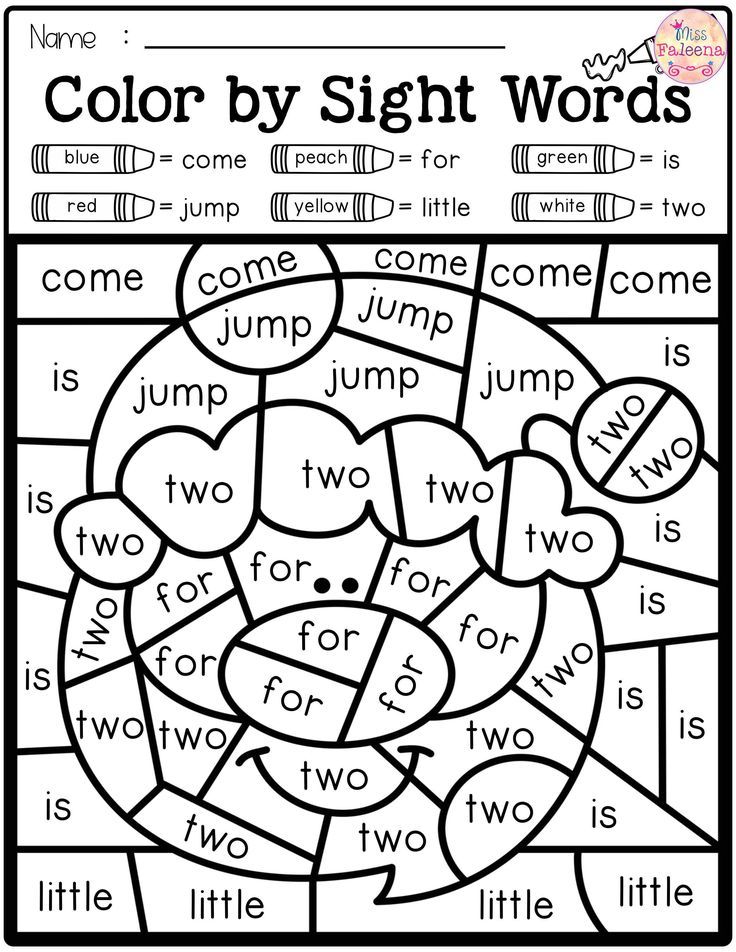 Near the rim of each cup, write a single sight word you want your child to focus on (that way all the cups are the same).
Near the rim of each cup, write a single sight word you want your child to focus on (that way all the cups are the same).
Then your child simply picks up the cup, reads off the sight word, and tries to create a “tower” or “castle” out of all their sight word cups! Here’s the rub — you can only have three cups on the floor! All others must build on top of those three and cannot be inside each other.
The trick is to make sure the cups don’t fall over — if they do, you have to start again! They win once they stack all the cups (and read all the sight words!).
9) Volleyball
This sight word game is easy and simple as well. All you need is an inflatable beach ball that you can write on with a permanent marker.
For each “sliver” of the beach ball, you’ll simply write down a sight word. Then you and your child will toss the ball back and forth. If you want to simulate a proper volleyball game, then you can do this over a net propped up in a yard.
When you catch the volleyball with your hands, you have to read aloud the two words your thumbs touch.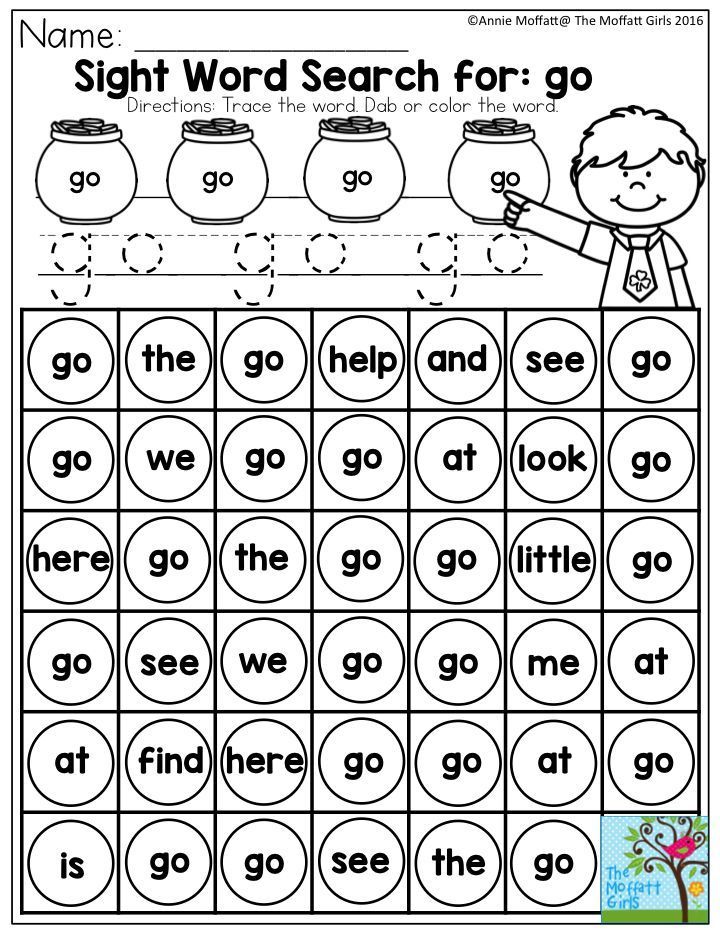 For example, your left thumb may touch the word “blue” while your right thumb touches the word “our.” Once you read the words, toss the ball back to the other player.
For example, your left thumb may touch the word “blue” while your right thumb touches the word “our.” Once you read the words, toss the ball back to the other player.
You don’t have to write in-between the lines on the ball, either. To make it wilder (and challenging!), you can write words all over the ball. That way the words your child “catches” are even more unpredictable.
10) Sight Word Path
All you need for this fun game is masking tape (or painter’s tape), index cards, and a marker.
First, write one sight word on each index card. Then, arrange your cards face up on the floor to make a “path.” This path doesn’t have to be straight. It can have as many twists and turns as you’d like (i.e., over the chairs, under the table, etc.).
When placing the cards, make sure they are close enough to each other that your child can step from one card to the next. Important tip: Don’t forget to tape them down with your masking tape to prevent slips or falls. Safety first!
Your child will need to stand at the beginning of the “path” you’ve created and read the word on the first card out loud to start the game.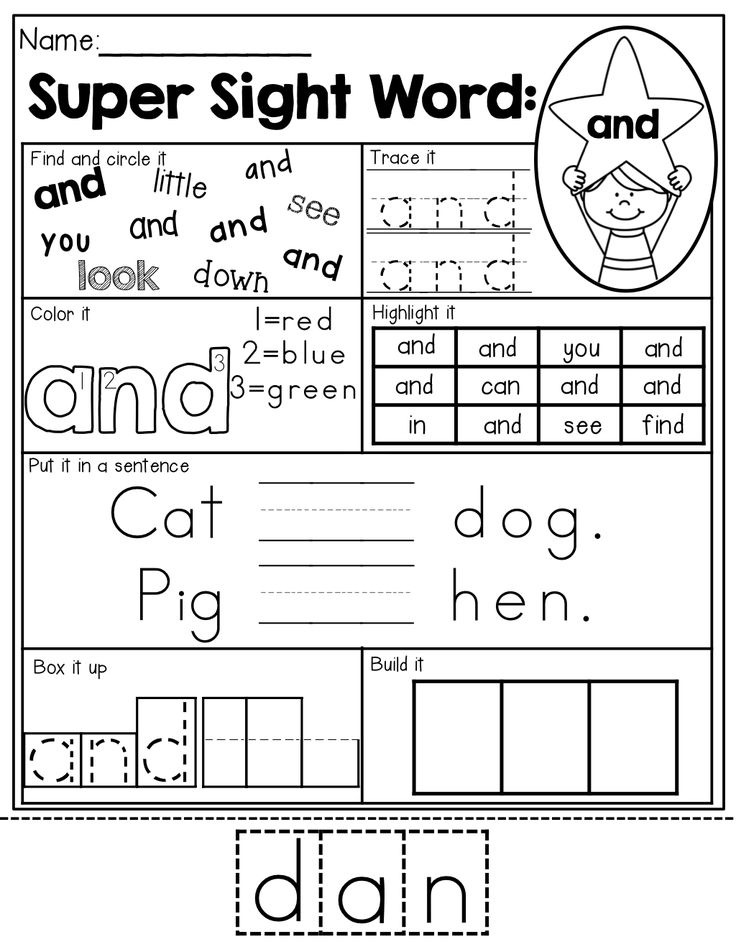 Then, when they’ve read it correctly, they step onto that card.
Then, when they’ve read it correctly, they step onto that card.
The goal is to read the next word, and the next, and so forth until they reach the end of the path. If you’re playing with multiple children, each child can start once the player before them has gotten to the end of the course.
Once your child is comfortable with this game, encourage them to read and walk more quickly. If they are just starting to learn sight words, you can first introduce them to easy terms and increase the difficulty as they go along.
This activity helps kids read sight words quickly and gain confidence through repetition. They’ll also be burning a lot of energy in the process!
11) Hangman
Hangman is a popular game that can also be great to help children learn sight words. To begin, grab some index cards, a marker, and some sheets of paper.
Write one sight word on each index card. Then, use your marker to draw a Hangman “scaffold” on a sheet of paper. (You can also use a chalkboard and chalk for this activity if those are available. )
)
Next, place the sheet of paper in front of your child, and put the index cards face down next to it. To play, have your child draw a card from the stack and read it aloud. Give them five to 10 seconds to do so.
If your child mispronounces the word on their card, show them how to add the first body piece to the hangman structure (e.g., the head). That index card will then return to the bottom of the stack for them to try again later.
(Remember to help them pronounce this word before returning it to the stack so that they’ll be better prepared next time.)
If they pronounce the word correctly (yay!), move that card to a “correct” pile. Then, continue playing until all the Hangman body pieces have been added — head, torso, arms, and legs.
Once the game is over, have your child count all the cards from their correct pile and tally this as their score. If you’re playing with more than one person, the one with the most cards is the winner! Note: Each child will need their own sheet of paper with the Hangman structure.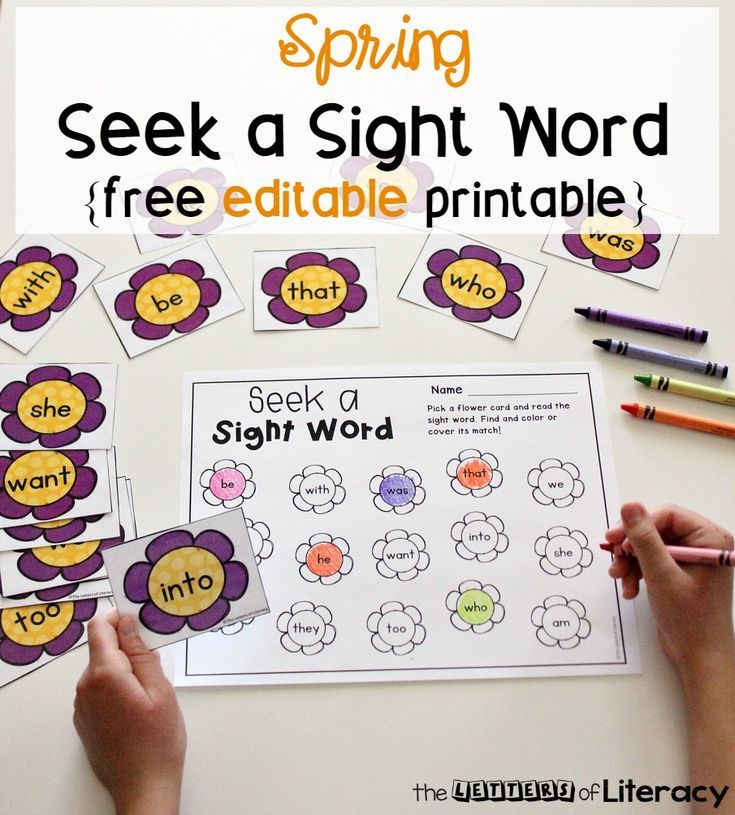
If you’re playing with very young children just starting to learn sight words, you can take two turns to draw each body piece (e.g., for legs, you can draw from the waist to knees, then the knees to the feet). This will give them more chances to get words right before the game ends.
If your child or children are more familiar with sight words, begin the game with the head and torso already drawn, giving them fewer chances to make mistakes.
Also, since any mispronounced words get returned to the stack of cards, your child will be exposed to them again, giving them more opportunities to get the pronunciation correct.
12) Sight Word Discovery
Most kids love discovering interesting items in their homes or backyards. Sight Word Discovery takes this natural love for exploring and mixes it with learning.
You’ll need a few items to get started — index cards, a marker, a large plastic tub, a lot of sand, and craft sticks and rocks (these are optional).
First, write a sight word on each index card.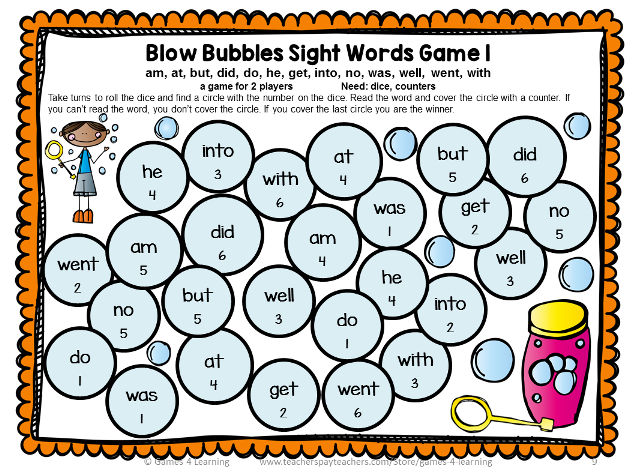 Then, fill the large plastic tub with sand. While filling it up, randomly put the index cards into the tub. You can add some sticks and rocks to the mix as well.
Then, fill the large plastic tub with sand. While filling it up, randomly put the index cards into the tub. You can add some sticks and rocks to the mix as well.
For this game, your child will need to act as a paleontologist who’s on the hunt for sight words (no fossil-finding today!). Every time your child finds a new card, have them read it aloud.
Wow! Look what I found! It’s “the!”
Sometimes parents find it difficult to encourage their children to participate in learning activities or games. But, since children often love playing with sand or dirt, you don’t have to worry about that here!
13) Sight Words On Playdough
Hands-on learning activities are a great way to help children grasp many concepts. That’s because they’re very interactive, allow for creativity, and help to make abstract concepts real.
All you need to get started with this game is playdough, magnetic letters (or letter cutouts from cardboard paper), index cards, and a marker.
The goal is to encourage your child to construct sight words using the magnetic letters. They will then place these letters upright on the playdough.
To play, place a stack of index cards in front of them, face down. Each index card will have a sight word. When your child draws a card, they’ll need to read it aloud and then construct the word on the playdough.
For example, if your child draws the word like, they’ll need to read it, find the word’s letters, and place them upright on the playdough.
To make things a little more interesting, give your child a timer and ask, “How many words can you construct in five minutes?”
This is a great hands-on learning activity to help kids build their own sight words. And playing with multiple children can add some friendly competition.
What About Reading?
Here at HOMER, we’re big advocates of early childhood reading.
Not only do books expose your child to sight words (and high-frequency words), but they also help improve their vocabulary, strengthen their concentration, and expose children to the world around them.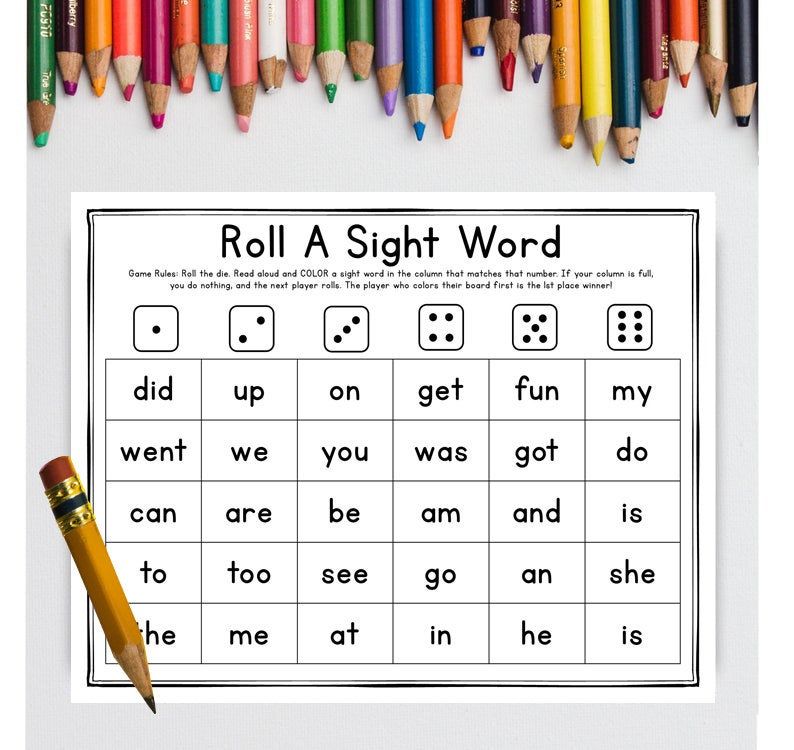
In addition to playing the above sight word games, you can also continue to read regularly to your child to familiarize them with sight words.
Here are a few activity books you can also check out:
- Learn to Read: Sight Words Storybook (For three to five-year-olds)
- Sight Words Word Search Book for Kids (For four to eight-year-olds)
- 100 Sight Words Kindergarten Workbook (For four to six-year-olds)
- Sight Words Activity Book (For five to nine-year-olds)
- Sight Words and Spelling Workbook (For six to eight-year-olds)
Sight Word Games Are Fun And Functional
Games like these are easy to play, require very little equipment, and are highly effective. The more you play these or similar games, the faster your child will learn lots of sight words, which will make them stronger, more confident readers.
We hope you found some interesting options in this list that you’ll try with your child. Remember, sight word games are all about having fun and learning at the same time! Your child will work up their stamina the more they play these sight word games.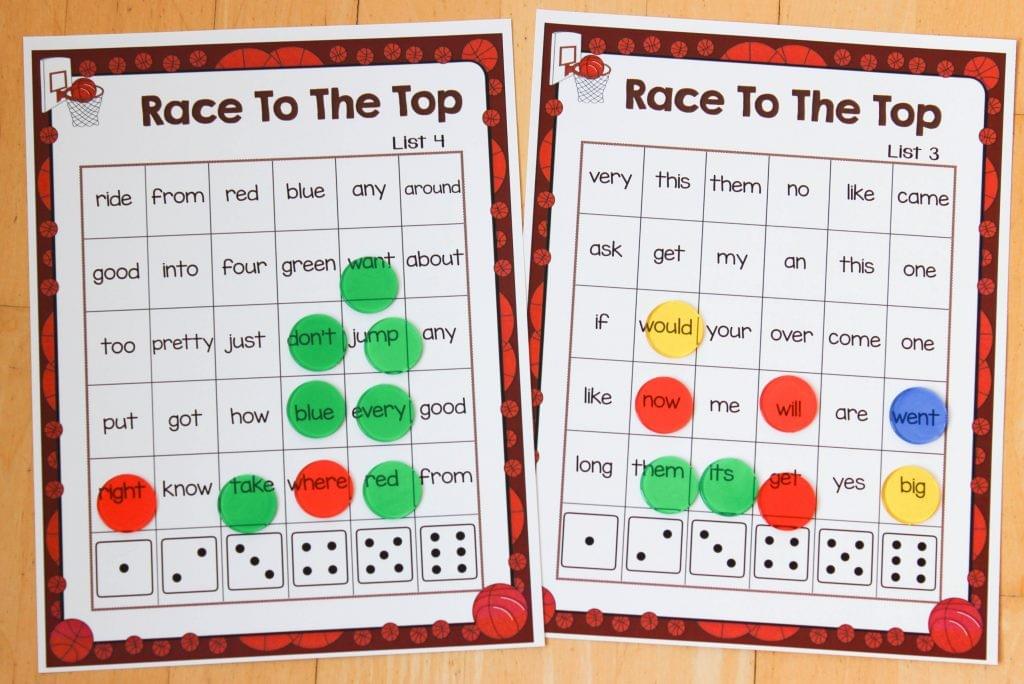
And as always, we’re here to offer a helping hand any time you need it. If you find yourself struggling to fit in practice time for your child’s sight words, you can leave them in our hands with the HOMER Learn & Grow app!
Author
10 Clever Games to Help Your Child Learn Sight Words
Big, at, can, does, go, see: these are just a few of what are commonly referred to as sight words. Sight words are those foundational words that appear frequently wherever you see words in print. Children should recognize sight words without sounding out the letters to build reading speed and fluency.
Sight words are unique. Many of them can't be figured out phonetically, and they are often an exception to the rules of letter–sound relationships. The best way to learn these words is through familiarity and memorization. This does not mean, however, that you have to sit with your child and use boring and basic flashcards.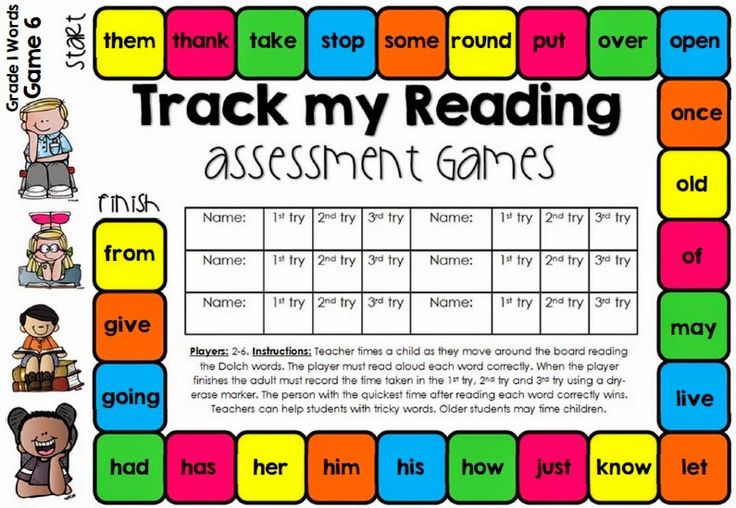 The best way children learn is by engaging in playful activities. Active learning will not only help your child retain the sight words, but will also develop skills such as critical thinking, communication, collaboration, creativity, innovation, self-regulation, and working memory.
The best way children learn is by engaging in playful activities. Active learning will not only help your child retain the sight words, but will also develop skills such as critical thinking, communication, collaboration, creativity, innovation, self-regulation, and working memory.
Try these 10 fun active learning games to help your child learn sight words and more!
1. Egg HuntJust in time for spring! You'll need paper (cut into strips), markers, and plastic eggs you can open. Write a sight word on each of the paper strips and place one strip in each egg. Hide the eggs all around your backyard or living room. Have a fun egg hunt with your child. Record one point for each egg found and two points if your child can read the sight word. How many points did your child get? Play again and see if she can get more points the next time.
2. Read An Interactive Book!In the Curious World App, you can read over a hundred books such as Goldilocks or Curious George Feeds the Animals.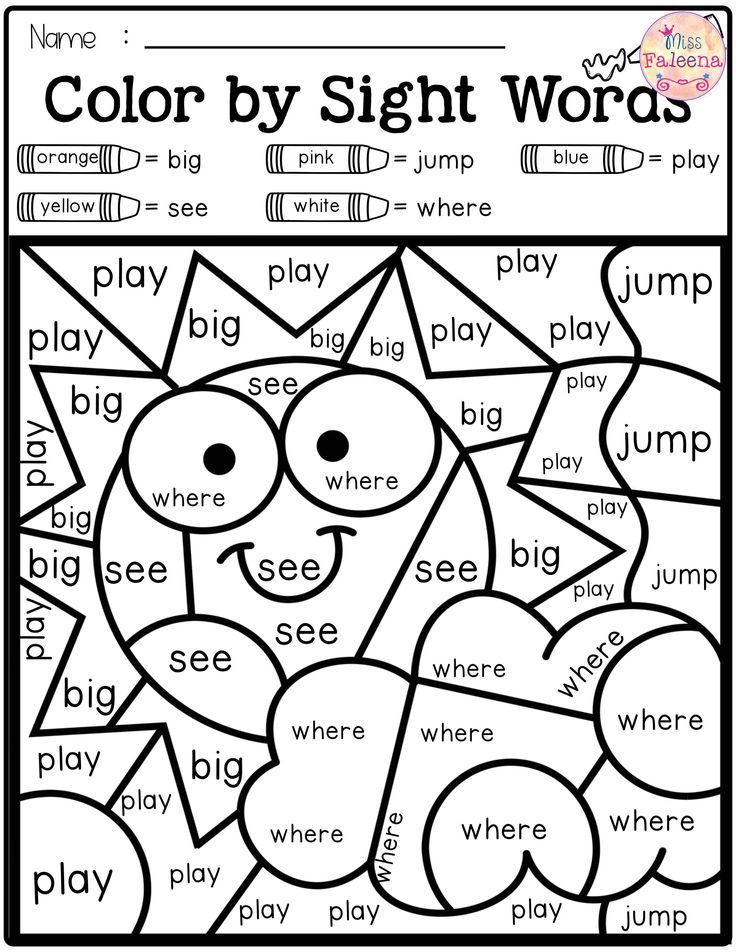 When your child selects the 'Read To Me' option, each word will be highlighted as it is spoken. The more books she reads, the more she will start to recognize common sight words. Click below to try it now!
When your child selects the 'Read To Me' option, each word will be highlighted as it is spoken. The more books she reads, the more she will start to recognize common sight words. Click below to try it now!
https://kidsy.curiousworld.com/book/4367?site=cw
3. Sight Word Smash-UpYou will need a few beanbags, index cards, and a marker. Write a sight word on each card. Spread the word cards on the floor. Shout out words and have your child toss beanbags onto them. Next, have your child shout out the word and see if you can hit them with the beanbags.
Make a grid (adjust the size depending on your child's abilities), and write a sight word in each square. Next, give your child some counters and read one of the words out loud. If your child can find the correct word, she gets to place her counter in the square. When she has completed a row or a column, she has won the game - bingo! For a digital version of this game, check out the Curious World App.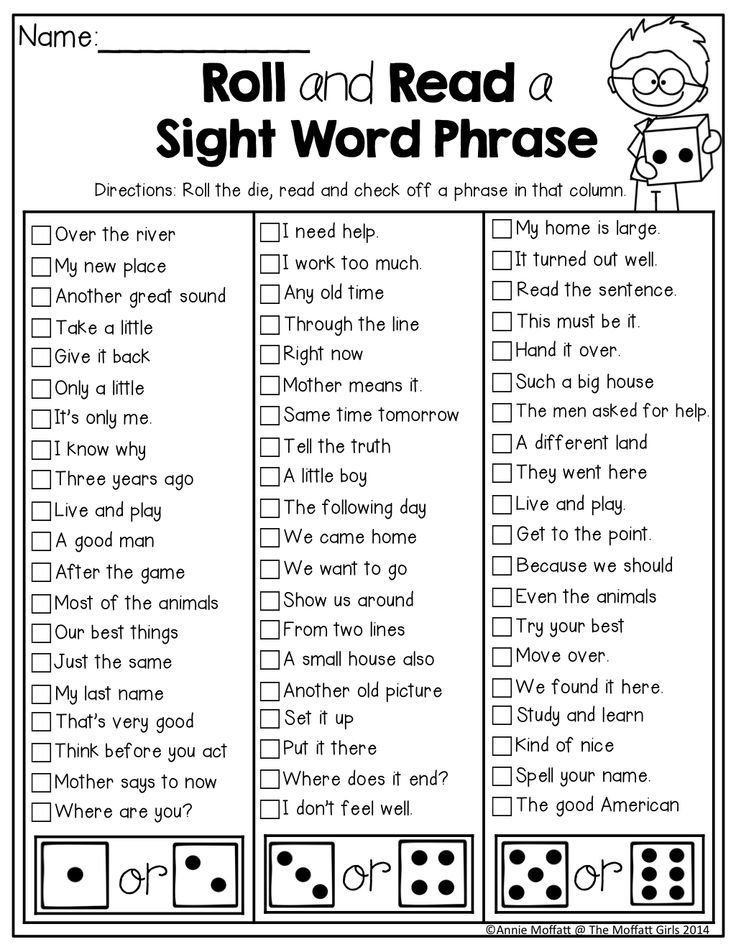 Get 20% off your first year when you follow this link (discount applied at checkout).
Get 20% off your first year when you follow this link (discount applied at checkout).
You will need white paper plates and a marker. Write a sight word on each of the plates. Create a path all around the house using the paper plates. Start at the beginning of the path and have your child read each word as she walks to the end of the path. Your child can pick up the plate each time she reads a word. Repeat the game by creating a new path.
6. Spot the WordWrite 20 sight words on 20 pieces of paper. Use words you want your child to learn. Stick the words on a wall. Get a flashlight and dim the lights. Shine the light on a word. Ask your child to read the word. Switch it up by reading a word and having your child find it with the flashlight. Make the activity even more fun using black paper and a glow-in-the-dark crayon or marker.
Oh no, the aliens are attacking! Move the spaceship and shoot down the correct sight word to stop them before they reach earth.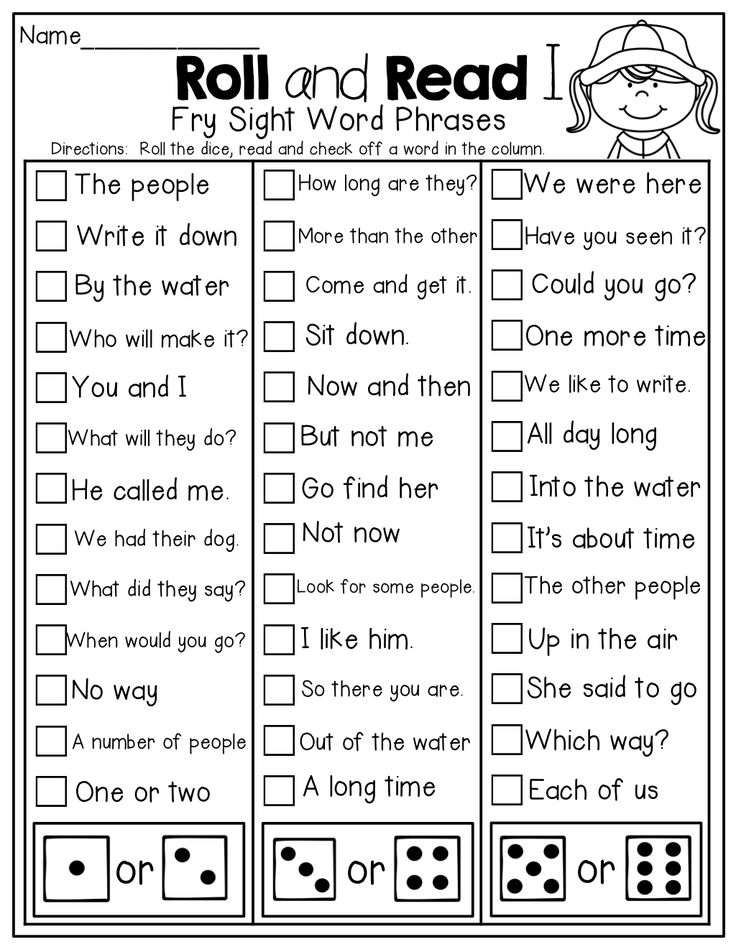 Exclusive to the Curious World App.
Exclusive to the Curious World App.
You will need heavy white paper such as poster board or cardboard, a white crayon, watercolor paints, and a paintbrush. Using the white crayon, write sight words in a random pattern on the paper. Next, have your child paint on the paper with watercolor paints. As the words are revealed, ask her to name the words she sees.
9. Puzzling WordsChildren love puzzles! Take a 20 to 100-piece puzzle, depending on the size of puzzle your child can handle, and write a sight word on the back of each piece. Have your child pick up a piece and read the word before putting it in the puzzle. If she struggles with the word, read it to her and put the piece aside for her to come back to and try again.
10. Catch the WordStart with 10 small balls. Tape a sight word on each ball. Play a simple game of catch, and each time your child catches a ball, she will read the word aloud. Repeat with the other balls and keep the action going.
Repeat with the other balls and keep the action going.
"Blind Gaming" - DTF Games
How visually impaired people play.
7866 views
From school, we are told that a person has five senses: sight, hearing, smell, touch and taste. We will not get into long and complicated scientific discussions about their true number, and will simply limit ourselves to this basic five.
This whole complex mechanism of receptors, nerve endings and organs ensures the receipt and primary analysis of information about the surrounding world. Each of them is responsible for a separate piece of information, but only by working in combination, they can give us a complete picture of what is happening around us.
Thanks to our ears, we can hear that a portable speaker lover is moving towards us from around the corner. And with the help of vision, we see that the traffic light is green, and it's time for us to cross the road in order to avoid an unnecessary meeting.
The loss of any organ or defect of the senses themselves, for one reason or another (illness, accident, emotional shock, etc.), leads to extremely unpleasant consequences.
If the loss of limbs drastically limits our functionality, then the loss of at least one of the above five leads to situations similar to the famous parable about blindfolded sages and an elephant. Lack of information from the outside world greatly distorts its very perception.
In the modern world, gadgets are equally important for both the sighted and the blind
Despite the importance of each, vision still stands apart. Its importance for our life is difficult to overestimate. After all, it is no secret that a person receives most of the information about the world around him through his eyes. The numbers are called different (from 70 to 90 percent, depending on sources and research), but the fact that a large one is an undeniable fact, and reliable, just like a Swiss watch.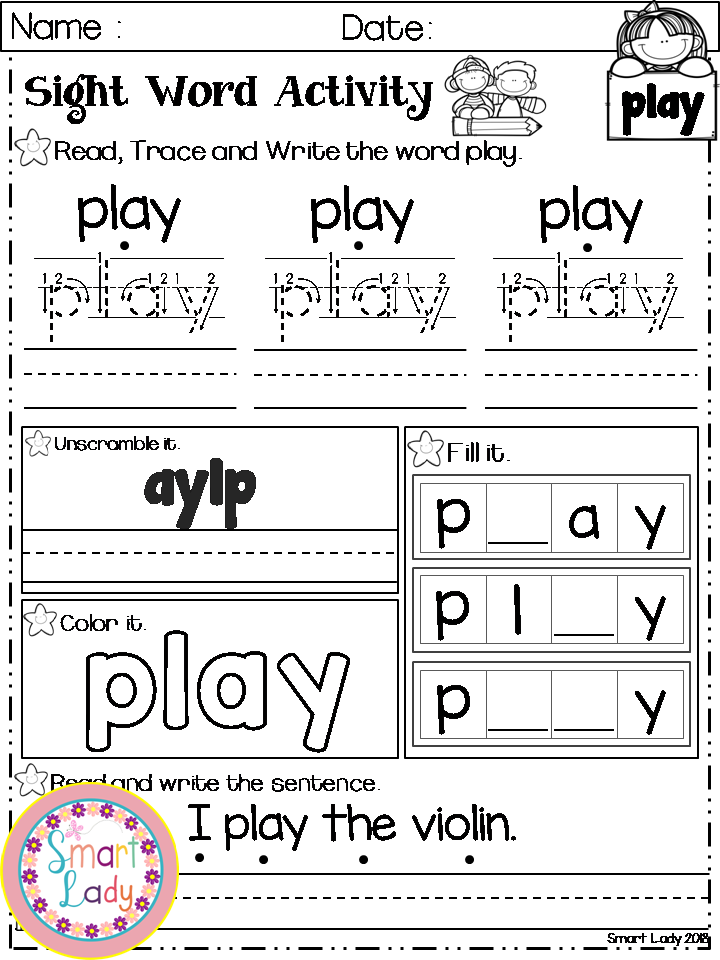
It is for this reason that the complete or partial loss of eye contact with the outside world is an extremely heavy blow for a person, after which the introduction of a full life becomes a difficult matter.
Although science is making great strides towards restoring lost vision or transplanting eyes in a "working" state, it is still far from finding a solution to this problem. But technological progress has greatly facilitated the ability to use gadgets for the blind and visually impaired.
Almost all modern smartphones have the Talk Back application installed, which speaks aloud each icon and action, allowing you to easily navigate the interface and use the capabilities inherent in the device. You can install third-party software with similar functionality.
Narrator feature
Similarly, screen readers help with computers. So, if you do not know the skill of touch typing, then the “screen announcer” function will come to your aid.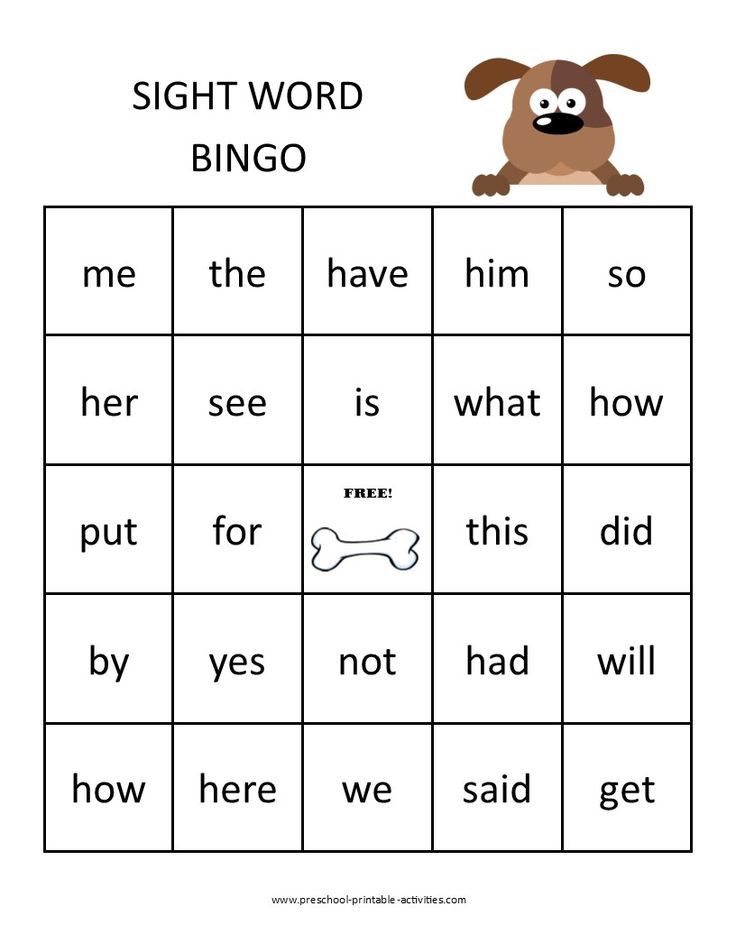 But the most thoughtful in this regard is the program NonVisual Desktop Access (abbreviated as NVDA). It allows you to fully work on the device, browse the web (including not only for the blind), and even create spreadsheets in Excel.
But the most thoughtful in this regard is the program NonVisual Desktop Access (abbreviated as NVDA). It allows you to fully work on the device, browse the web (including not only for the blind), and even create spreadsheets in Excel.
But these are all working moments, but what about video games? After all, with the phrase “blind gaming” a reasonable question arises: how to play these very games, if you don’t even see where you need to go, and what kind of opponent is in front of you? If it is very multiple, then the answer will look like this: a) there are enough games; b) there are ways.
The impossibility of obtaining information visually leads to the fact that games for the blind and visually impaired are a rather specific spectacle. After all, if deaf people can get by with included subtitles, then for the visually impaired, a different approach is required.
The most obvious way for a person with this type of ailment to play is to have a partner (friend, girlfriend, wife, husband, children, etc. ) nearby who will instruct the player in direct mode. He will take on the functions of a navigator and will inform the gamer about where to go, who and what to beat or shoot, where to shop, with whom to chat, and point his finger at the one whose career as an adventurer was stopped by an arrow in the knee. Actually, some visually impaired streamers do just that, passing the most ordinary toys.
) nearby who will instruct the player in direct mode. He will take on the functions of a navigator and will inform the gamer about where to go, who and what to beat or shoot, where to shop, with whom to chat, and point his finger at the one whose career as an adventurer was stopped by an arrow in the knee. Actually, some visually impaired streamers do just that, passing the most ordinary toys.
If this method is not suitable for one reason or another, then developers who have created projects specially tailored for this circle of people come to the rescue.
In general, all games intended for visually impaired or completely blind players can be conditionally divided into three categories:
- Projects specially designed for this category of people;
- Audio games;
- "Modified" regular games.
It should also be noted that pure representatives of any one species are very rare.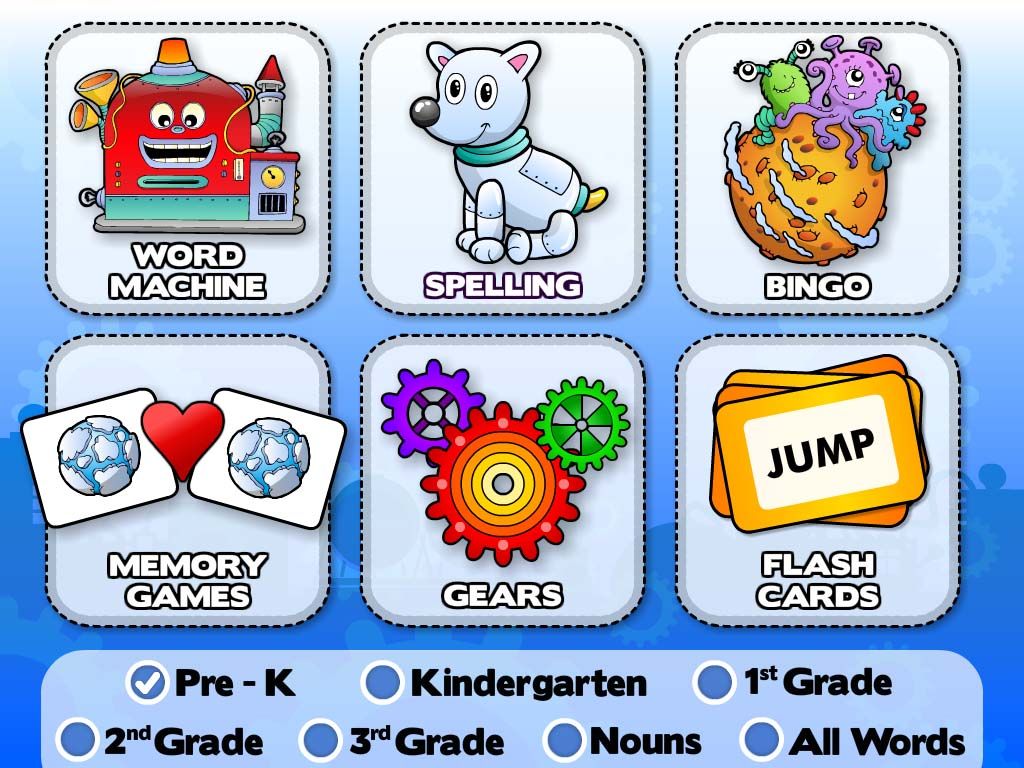 They are usually a combination of the two.
They are usually a combination of the two.
If you want to try out these games yourself, it is better to use the
headphonesFor obvious reasons, for games of the first two categories, the first place is not the picture, but the sound. For this reason, the look represents the pinnacle of design minimalism. A window, a black screen and a couple of control buttons ─ nothing more. Everything works on the basis of special programs and scripts.
The most common genre in this niche are numerous text quests. True, in this case, all text is translated into voice mode. The off-screen voice reads out to the player what is happening, and in the background, for greater immersion in the atmosphere, you can hear various sounds. For example, if according to the plot of the game, the character is walking in the park, then the sounds of steps, the singing of birds, the noise of leaves swaying from the warm summer breeze will sound.
The quests themselves, according to the gameplay, can be divided into two variations.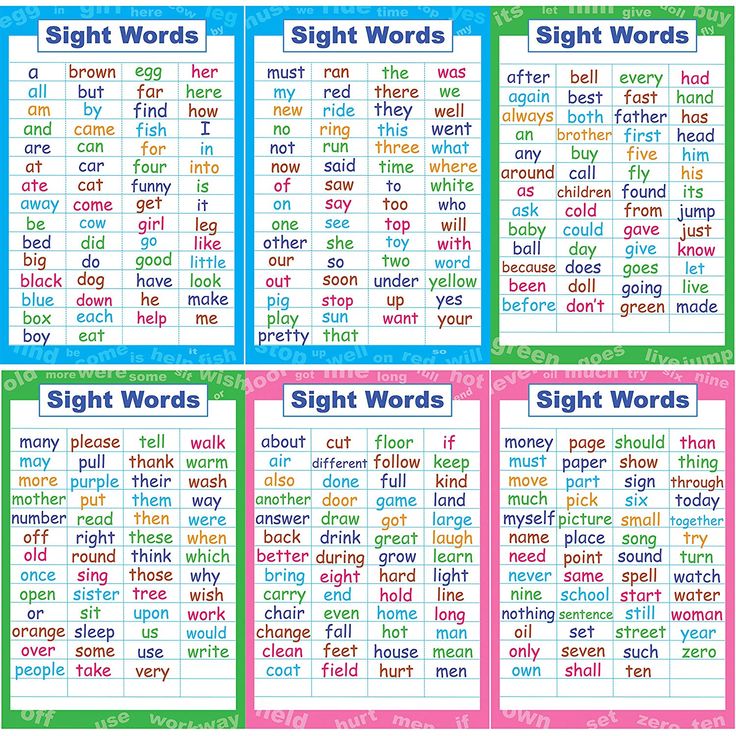 In some, the game provides ready-made options for action, from which the gamer has to choose. In others, the player needs to independently type commands in the editor.
In some, the game provides ready-made options for action, from which the gamer has to choose. In others, the player needs to independently type commands in the editor.
In the second case, it usually provides for the possibility of additional settings for voice reading in order to know which button you pressed (if the touch typing skill was not subdued before). The downside of this method is that the editor "understands" only a certain number of commands, and it will simply not accept some versions that are obvious in your opinion.
Some craftsmen make audiobook games. True, the mechanics of implementation does not bring anything new. Sound dubbing of the plot, and the choice of forks provided at the right moments, after which the player moves to the appropriate page.
Another pillar is the so-called. audio games. The very name of this subgenre speaks of how important the role of sound is here. Sound is a powerful tool, the skillful manipulation of which can convey a huge amount of information.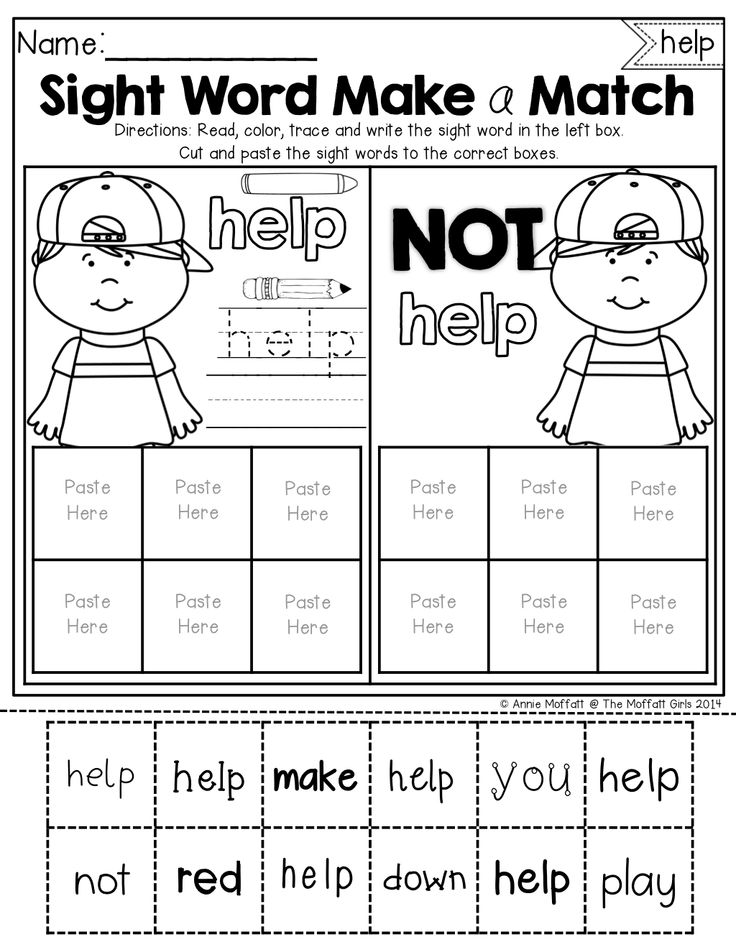
And here the ability of a person to correctly analyze what he hears and draw correct conclusions from such information becomes very important. Some games are fully voiced by live actors, while others are limited to a speech synthesizer.
For example, in racing simulations, at the beginning of the game, the player selects the race type, track and car. Any button press at this stage is accompanied by a sound commentary, helping the gamer to navigate and understand how many laps he will have to drive and what car he will use.
The race itself can also be divided into two variations. In one, the game continues to give voice prompts to the player during gameplay, telling them when and where to turn. In other projects, things are a little more complicated. During the race itself, such hints disappear.
To understand how things are on the track, you can only listen to what is happening. If the quiet roar of the engine is replaced by an unpleasant cascading sound, then the player has left the side of the road and needs to return to the paved surface.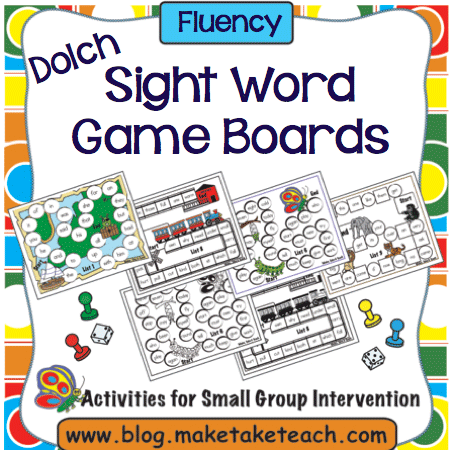
If the car drove into an opponent or crashed into some obstacle, the player will be kindly notified about this with the corresponding sound effect. Flight simulators work almost identically, except for the addition of takeoff and landing.
This gameplay stuffing allows you to create games in many genres: RPG, arcade, fighting, MMORPG, rpg and even shooters. At the same time, these projects are quite demanding on the player, on his skills, the ability to respond in time to the slightest change in sound.
This is especially true of various action games, where there are a lot of such details. For example, when a player approaches a wall indoors, the sounds of footsteps begin to sound a little more muffled (here, of course, everything depends on the specific case, but the general plot is the same).
Another feature that unites such creations of the industry is the minimalistic management. The entire gameplay is sharpened on three or four buttons, which is more than enough not to overcomplicate.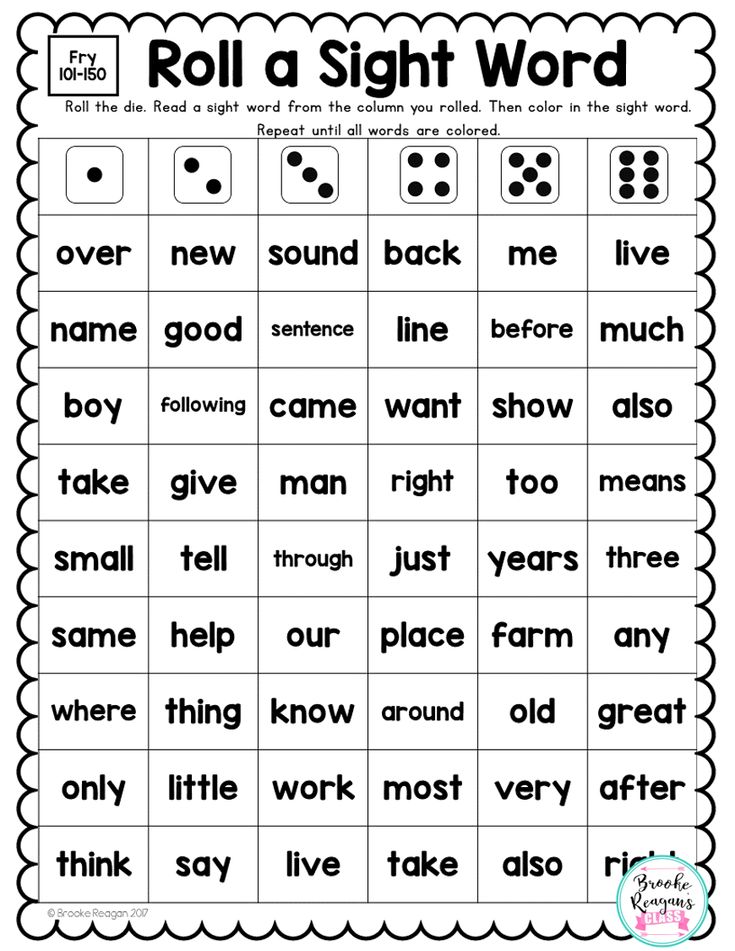
Fighting games are quite a popular genre among the visually impaired
As for the adapted projects, they are ordinary, well-known games, whose controls and game mechanics have been "modernized" for their respective needs. The main layer of such creations is made up of many small logic puzzles, such as Minesweeper, Bulls and Cows, Sudoku, 2048, sea battle. Sometimes you can find good Tower Defense here, and even an audio version of Flappy Bird.
In this field, the efforts of craftsmen are especially felt, which in most cases work on bare enthusiasm, but on a cup of “thank you”. Various mods and trainers add to the gameplay (or modify it) those things that the visually impaired, alas, cannot play without - sound accompaniment and voice acting for all texts. The main thing is that the controls are clear, and the effects are well chosen. That is why they are mastered by players once or twice.
Separately, I would like to note the major gaming titles, which, with the help of the same mods, were adapted for blind and visually impaired gamers.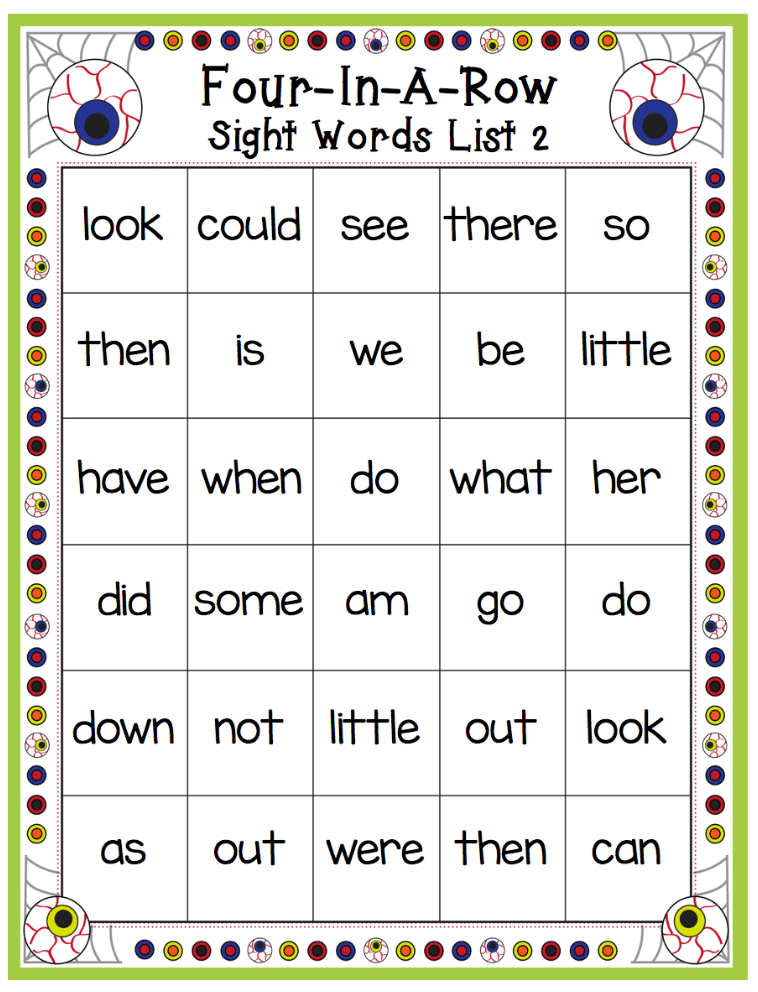
Modification NFS: Hot Pursuit greatly simplifies the physical model of car damage, and makes the behavior of artificial intelligence more "primitive". In addition, the career mode and tuning are cut from the game, for obvious reasons. So you can ride on fictional tracks for your pleasure.
Need for Speed: Hot Pursuit
A similar experience can be experienced from a mod installed on GTA: San Andreas. The story of Carl Johnson's adventures and (spoiler) Big Smoke's betrayal is still inaccessible to the visually impaired. But the player can freely run around the city, fly in a helicopter, test the arsenal at hand and try to make his own hell and Israel.
Grand Theft Accessibility Mod, designed for the fifth part of the "Great Car Theft", adds the ability to teleport to different corners of the map, collect information about nearby objects, get information about your location, autodriving, and of course sound signals.
The modification for the third part of Saints Row works in a similar way.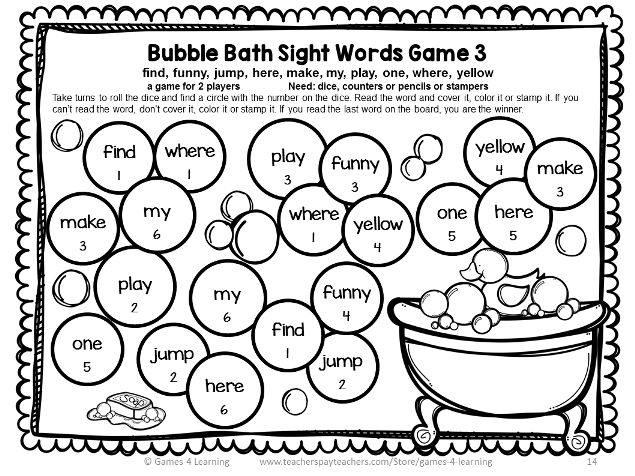 Adapted Duck Hunt allows you to hunt birds in several modes at once.
Adapted Duck Hunt allows you to hunt birds in several modes at once.
And if you see a person typing something on the keyboard with a black screen, and strange sounds are heard from the speakers, then it may well be that he is playing Half-Life 2 with a mod for the blind. For Doom 1993 a small location was created where the player can safely move around and engage in good old ultra-violence towards hellish creatures.
You can also play good old Duck Hunt
Fighting games are much more widely represented, because they are perhaps the easiest to adapt accordingly. Not surprisingly, the list here includes Mortal Kombat, Injustice, and Tekken. Moreover, in them even the story campaign can be completed. This is achieved with the help of "embedded" reader programs that quickly comment on what is happening on the screen, so that the gamer understands what is happening in the arena.
In general, it can be noted that such mods for large and well-known titles "correct" the gameplay itself, making it more accessible.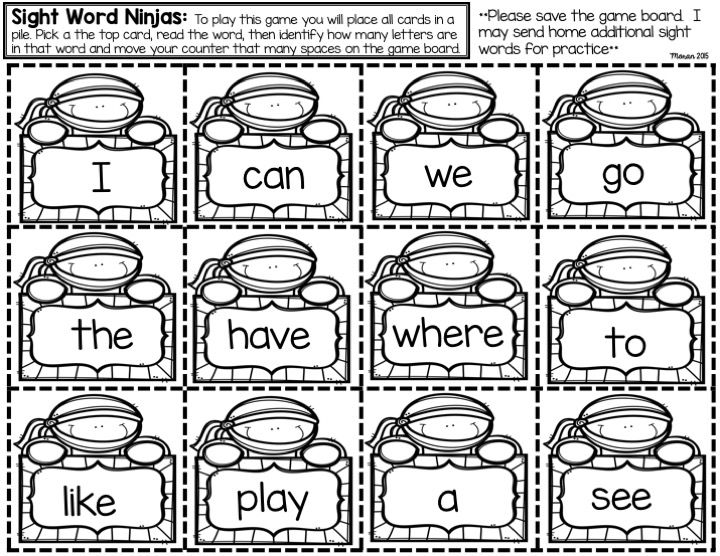 But at the same time, they have practically no effect on aspects such as the voiced menu. In addition, even such "improvements" do not allow you to go through these games from start to finish (except for fighting games).
But at the same time, they have practically no effect on aspects such as the voiced menu. In addition, even such "improvements" do not allow you to go through these games from start to finish (except for fighting games).
And another, actually obligatory element, are cheats. In normal gaming, they can be treated as you like, but here it is a necessity. Usually only the simplest ones are used (for immortality, an endless arsenal, etc.).
Mobile game A Blind Legends
The visually impaired have not bypassed mobile gaming, which is also represented by many projects of various genres. They work according to the above patterns, using voice acting and voice prompts.
Some developers combine these methods. That is, a part of the game can be made in the form of text descriptions, and the game activities themselves, directions of movement, objects with which you can and should interact, are made in the form of separate links.
Moreover, in some projects, there is a kind of feedback system. Gamers make their proposals, after which a vote is held. The best ones are sent to the developers who add this additional content. It can be just new types of achievements, as well as additional quests and locations.
Gamers make their proposals, after which a vote is held. The best ones are sent to the developers who add this additional content. It can be just new types of achievements, as well as additional quests and locations.
In terms of content, there are projects for entry-level, easy to learn, and more complex, designed for those who have already mastered the basics of blind gaming and want a little hardcore.
In A Blind Legends, for greater authenticity, the player will play as a blind knight. Therefore, the entire screen is covered with an impenetrable fog, through which you have to get through and find the kidnapped relatives. Despite the ailment, the hero can safely move around, fight and perform combos (which no one will see).
For convenience, the sound was recorded in binoural mode, taking into account the anatomical structure of the head and ears. The audio-horror BlindSide and the two parts of Papa Sangre (which actually has a visual design) work on the same principles.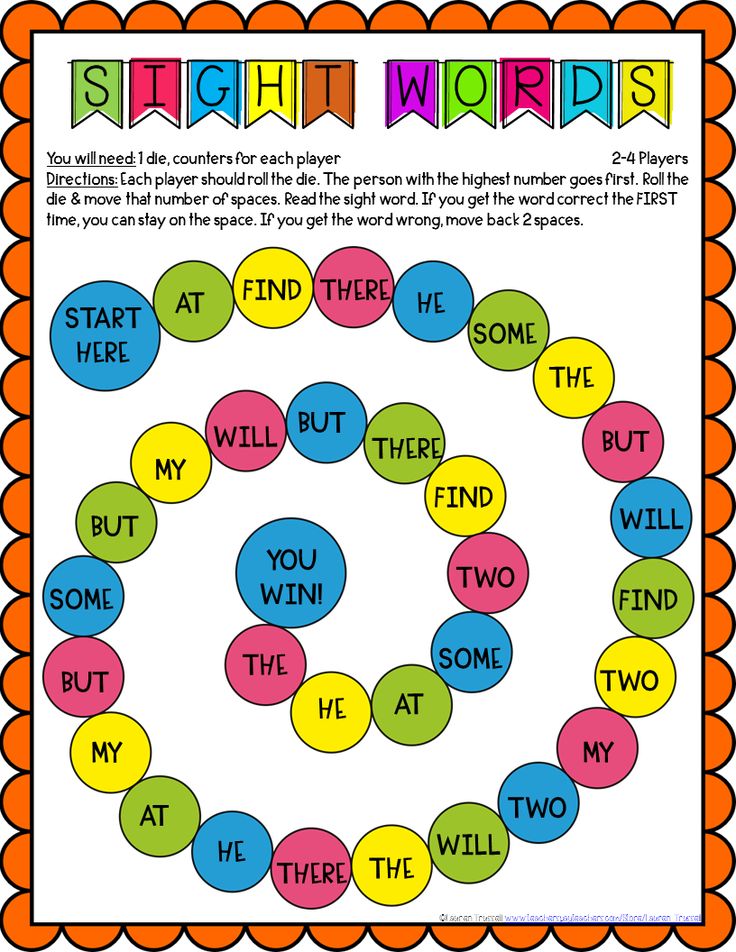
The second part of the game Papa Sangre
However, most of these games are not without their drawbacks. A significant number of such projects suffer from poor technical implementation (too small icons, broken game elements that should but don't). Other developers sin by overloading the interface.
The fact is that such a decision leads to an increase in information that needs to be voiced. And as you understand, this often merges into a cacophony of sounds, which is why it is often extremely difficult for players to understand what needs to be done and how to play it. And for simply visually impaired people, such a visual “overload” does not help in any way to concentrate on something specific.
And the icing on the cake of all this is the poor quality of voice acting, which practically negates the opportunity to have a good time. In addition, when viewing a number of browsers, it was noticed that some control buttons were not voiced, which is also a big blunder.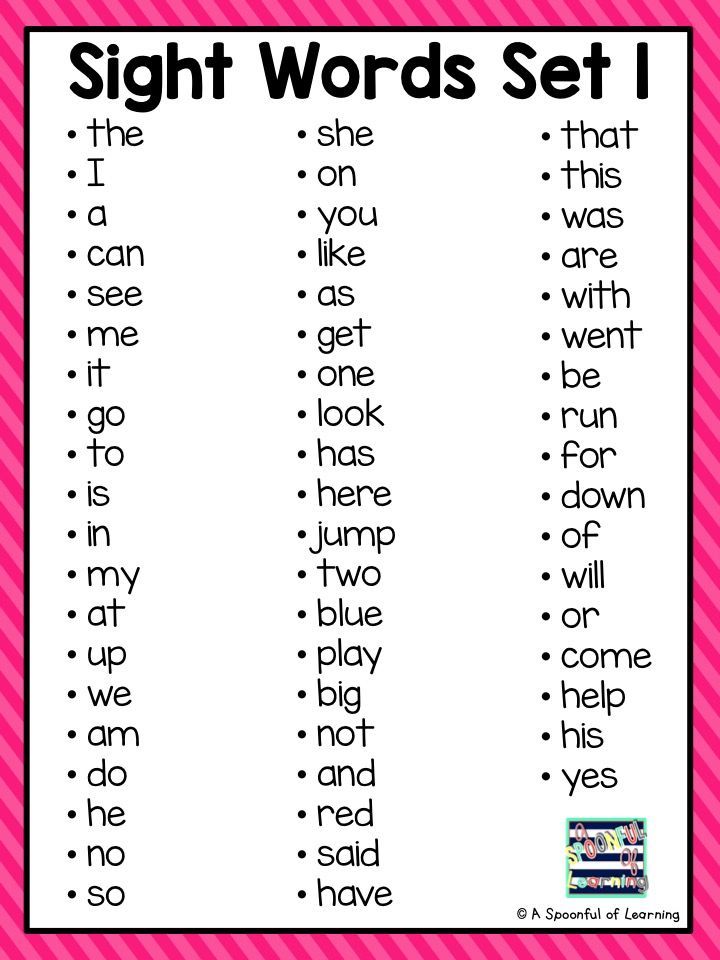
In addition, such projects suffer from the same ailments as many other mobile games. The gameplay is often monotonous, which quickly leads to boredom and abandonment. Some are brought down by a very crooked balance and constant hints of donations.
So, in a number of projects, for example, in approximately similar "Generals" and "Lords", the resources necessary for pumping are provided extremely reluctantly, but they are kindly offered to purchase for a handful of blood shekels.
Adam Jensen is doing great with his eye implants. In our world, this is still very far away
Games for blind and visually impaired people perform not only entertaining, but also educational functions. With their help, one can develop skills that will be extremely useful in everyday life, both for those who have this ailment innate, and for those who were overtaken by this misfortune later.
A huge number of different adapted creations aimed at the development of general erudition, logical thinking and work with the coordinate system.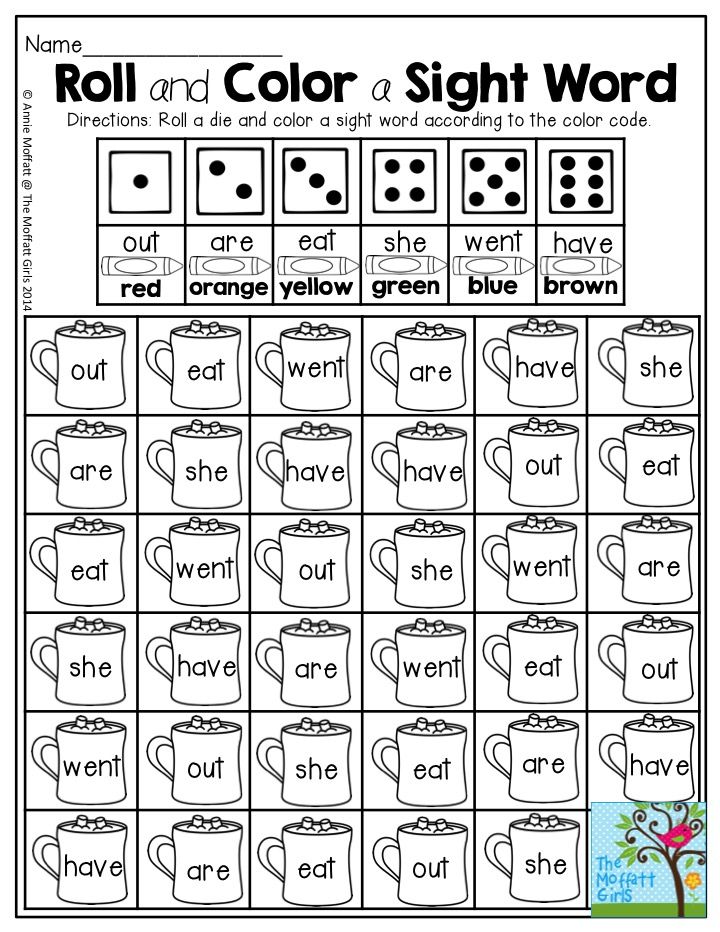 The most successful examples here are voiced versions of chess, "sapper", "Oh, lucky man" and some card games, such as "fool" or "solitaire".
The most successful examples here are voiced versions of chess, "sapper", "Oh, lucky man" and some card games, such as "fool" or "solitaire".
Various voice puzzles are quite common, helping to develop a reaction, pump attentiveness and the ability to listen to the sound. For example, there are a lot of projects that require objects to be placed in several rows over a period of time that sound the same.
Or a game in which for a certain number of moves, the player, acting in a table of 25 by 25, must drive the cat up a tree, not allowing it to jump out onto the fence.
As you understand, you need to focus only on the sound. Various sports simulators (especially table tennis) have a fruitful effect on improving reaction speed.
Various racing or RPG shooting games, along with specially designed mazes (without Theseus and minotaur) and other simulators that require memorization of the route, are great for boosting your memory and orientation skill in space to understand where you are.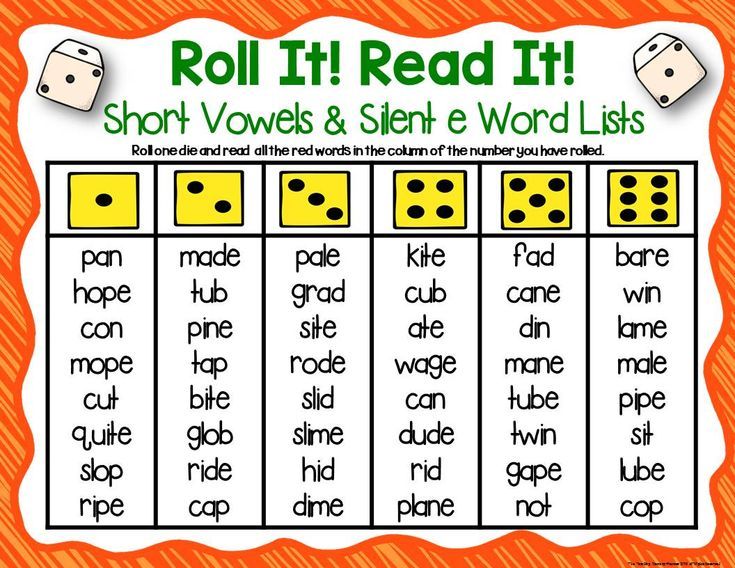 In Grizzly Gulch Western Extravaganza, not only the reaction is important. You can lay out a poker game by ear, and your ability to memorize the cards will help a lot.
In Grizzly Gulch Western Extravaganza, not only the reaction is important. You can lay out a poker game by ear, and your ability to memorize the cards will help a lot.
It is impossible to pass by such a moment. As already mentioned, special games can be used as educational material regardless of age, including for children, in order to develop the necessary qualities from an early age.
However, there is an ethical side to this. After all, it’s not just that there are age ratings that relate not only to visual content, but also to sound content. From the sounds of shooting, explosions, killing the enemy, it is desirable to fence the immature minds up to a certain point. Therefore, developers often have to make two versions of the same game, with different sound effects, appropriate for children.
In the universe of comics from Marvel and DC or in the world of victorious cyberpunk, people with certain ailments that interfere with everyday life are relatively lucky.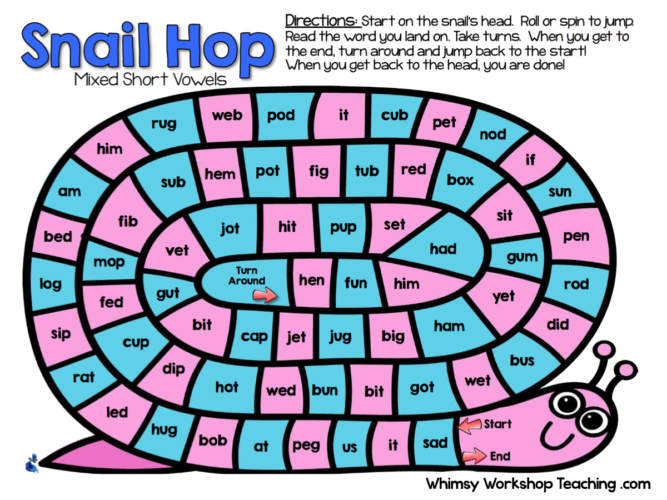
Some genius, billionaire, playboy and philanthropist can easily take a break between saving the world and parties with super models and design a super fancy prosthesis for you. And the improvement of the body with augmentations or the replacement of lost (or damaged) limbs and organs with biomechanical implants in such works is as common as snow in winter in Siberia.
Bato's artificial eyes helped the operative a lot in alterations (anime "Ghost in the Shell")
But in our reality with you, there is still a long way to go before such successes in medicine. Despite all the latest achievements of technological progress, which is pouring into our daily life by leaps and bounds, we are still very, very far away from such a level of replaceability and recoverability of damaged areas and organs of the body.
Yes, the hard work of many scientists, doctors, cybernetics has made it possible to achieve significant results in this field. Many complex prostheses have appeared that have the highest possible functionality, sometimes not inferior to the “original” arms, legs or eyes.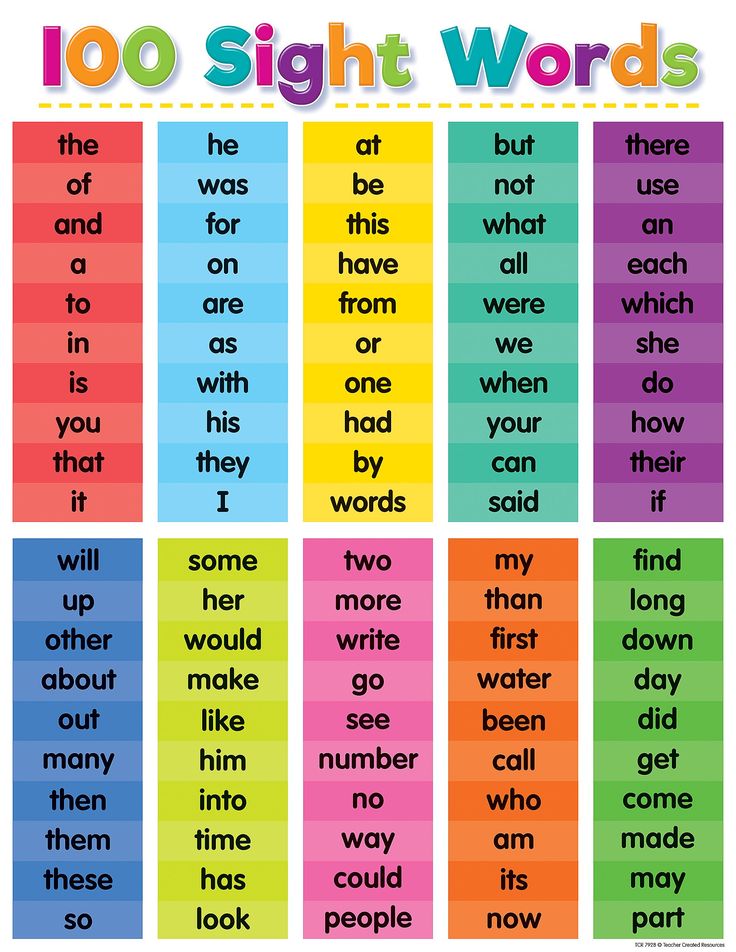
However, they have not yet fully integrated into our lives. And we are talking not only about such complex devices as eye replacement, but also about ordinary prostheses. Most of the “pumped” prosthetic options are still quite bulky and inconvenient to use.
In addition, decent models require a large number of colored pieces of paper with numbers, which makes them inaccessible to the average member of society.
Yes, if the industry continues to gain momentum, it is quite possible that in some 4-6 years they will cost as much as phones or laptops, which would greatly increase their availability for the vast number of people who need these devices.
Material by Anton Pauli about gamepads for people with disabilities
Sometimes large developers add additional settings to their games for players suffering from this ailment. The Last of Us Part 2 has over 60 options for people with disabilities regarding sound, visuals and difficulty.
Whether the example of Naughty Dog will become contagious, or whether it will be a point phenomenon, only time will tell.
Games for visually impaired children
Games for visually impaired children. Vision pathology is one of the most common today. It includes amblyopia, strabismus, nystagmus, astigmatism, and severe visual impairments such as total blindness. Blindness can affect many areas of your child's development, even those you may not be aware of.
Games for visually impaired children are important for all children, including the visually impaired. Children love to play, and at the same time, games are a powerful tool for them to develop and learn about the world around them, socialize and establish trusting relationships with their parents. But if your child has some individual characteristics, then you need to choose the right entertainment for him. Games for visually impaired children can be fun and rewarding. Encourage them to be actively involved in daily household chores and activities, and be sure to take the time to talk and read together.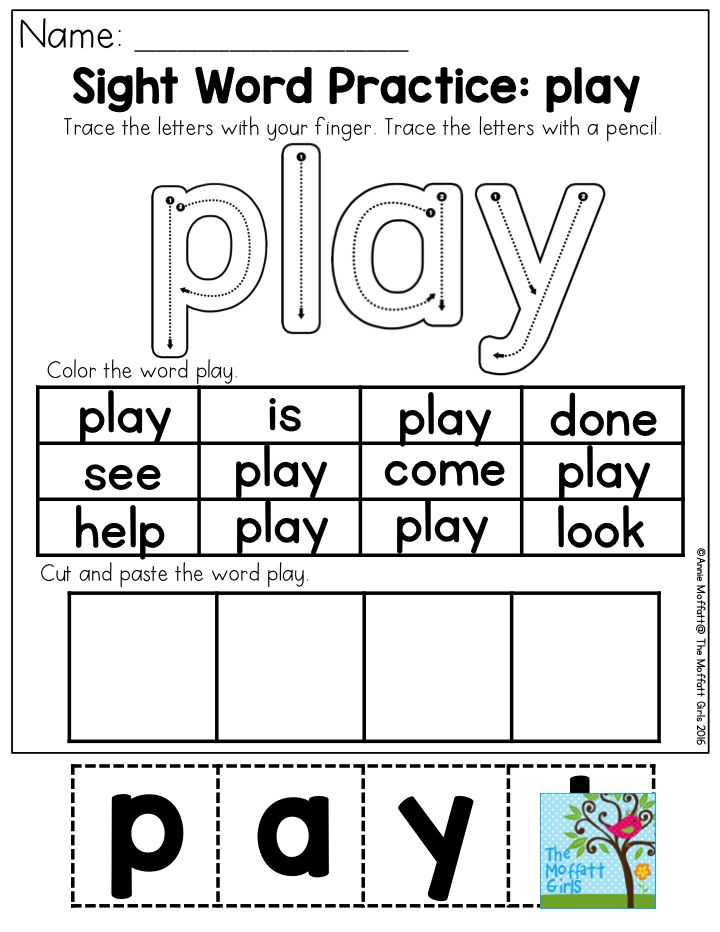
Magic bag game
The essence of the game: a parent collects 10 objects of different shapes, sizes and textures into a bag. It can be cubes, toys, sweets, apples, beads, etc. The task of the child is to put his hand into the bag and feel the object by touch. If the child is still small, tell or show in advance what is in the bag so that it is easier for him to guess. Items can be changed every time - it will be much more interesting and fun. Be sure to accompany all the actions of the child with words. This game is aimed at developing the child's fine motor skills, sensitivity and touch.
Letter game
This game is suitable for older children. You will need to cut out different letters of the alphabet from fabric (preferably with coarse pile). Then you will give the child a letter, and he will need to identify it by touch and call it out loud. Such an activity will introduce the child to the alphabet, and will also help develop sensory sensitivity and fine motor skills of the hands. After a while, when you and your child learn the alphabet well, the game can be made more difficult by cutting the letters into two parts. The task of the child is to compose a full-fledged letter from parts.
After a while, when you and your child learn the alphabet well, the game can be made more difficult by cutting the letters into two parts. The task of the child is to compose a full-fledged letter from parts.
Small to Big Game
An easy and fun activity that your child is sure to love. Together with him you will have to collect several things of different sizes. It can be toys, household items, sweets or fruits. Then lay out all these items on the table. The task of the child is to arrange all the objects in a certain sequence, for example, from smallest to largest and vice versa. This game will teach the child to navigate in size, well develop tactile sensations and fine motor skills.
Game "Words on the palms"
Games for children with visual impairments. You will need to read one line from any nursery rhyme. For example: "They dropped the bear on the floor ...".
- The child says it aloud.
- Further, each word is replaced by a clap:
- “They dropped the bear on (clap)”;
- “They dropped the bear (cotton, cotton)”;
- "Dropped (cotton, cotton, cotton)";
- All words are replaced by claps.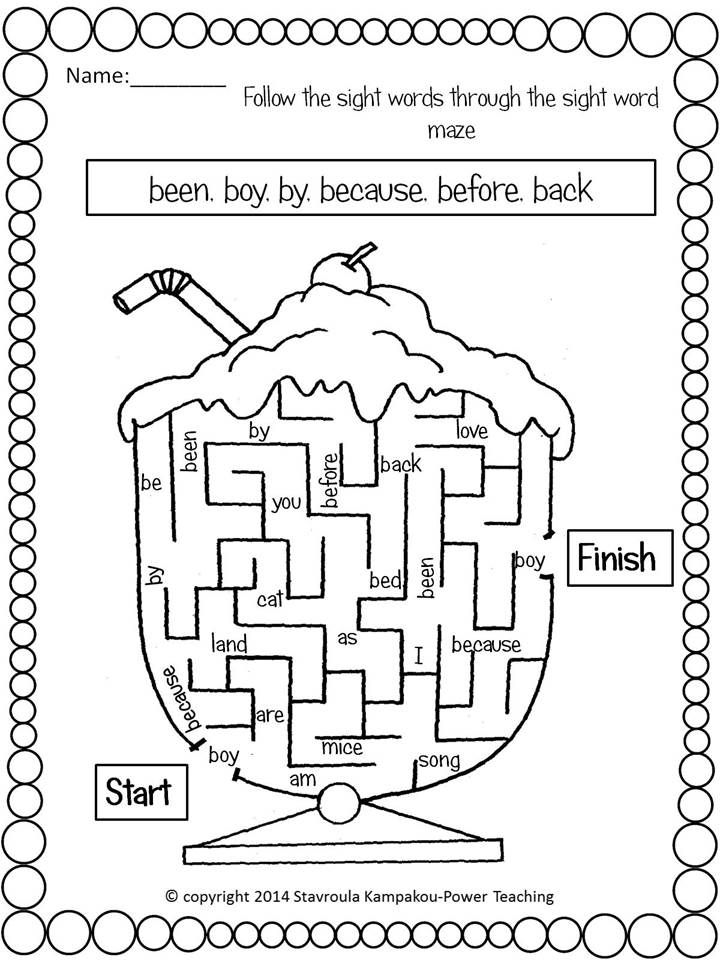
Such a game is called kinesiology, because it is aimed at developing the interhemispheric parts of the brain, and, therefore, improves the child's speech skills.
Hidden toy game
Games for visually impaired children. The parent puts several toys on the table in any order. The child comes to the table, looks at the toys, counts and remembers them. After that, he leaves the room for a while or turns away from the table. At this time, the parent removes one of the toys in the row and calls the child. He must determine which toy "hid" in a row - the first, fourth, etc.
Guess by sound
Games for visually impaired children. Another simple and interesting entertainment that you can do with your child in the process of everyday household chores. The parent performs different actions, and the child must guess by the sound what exactly he is doing. This can be washing dishes, cutting vegetables, watching TV, rustling the pages of a book, or working at a computer (knocking keys).